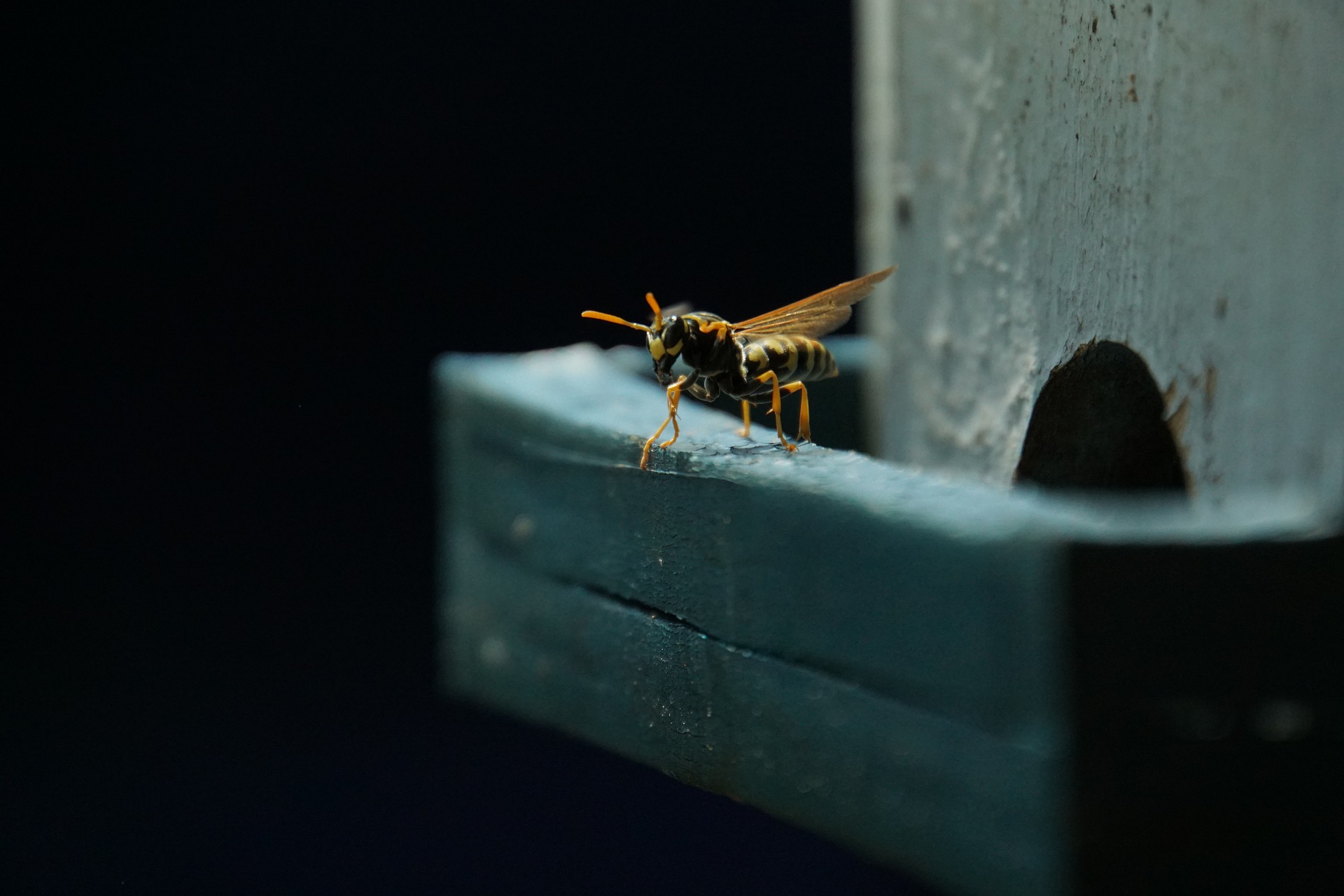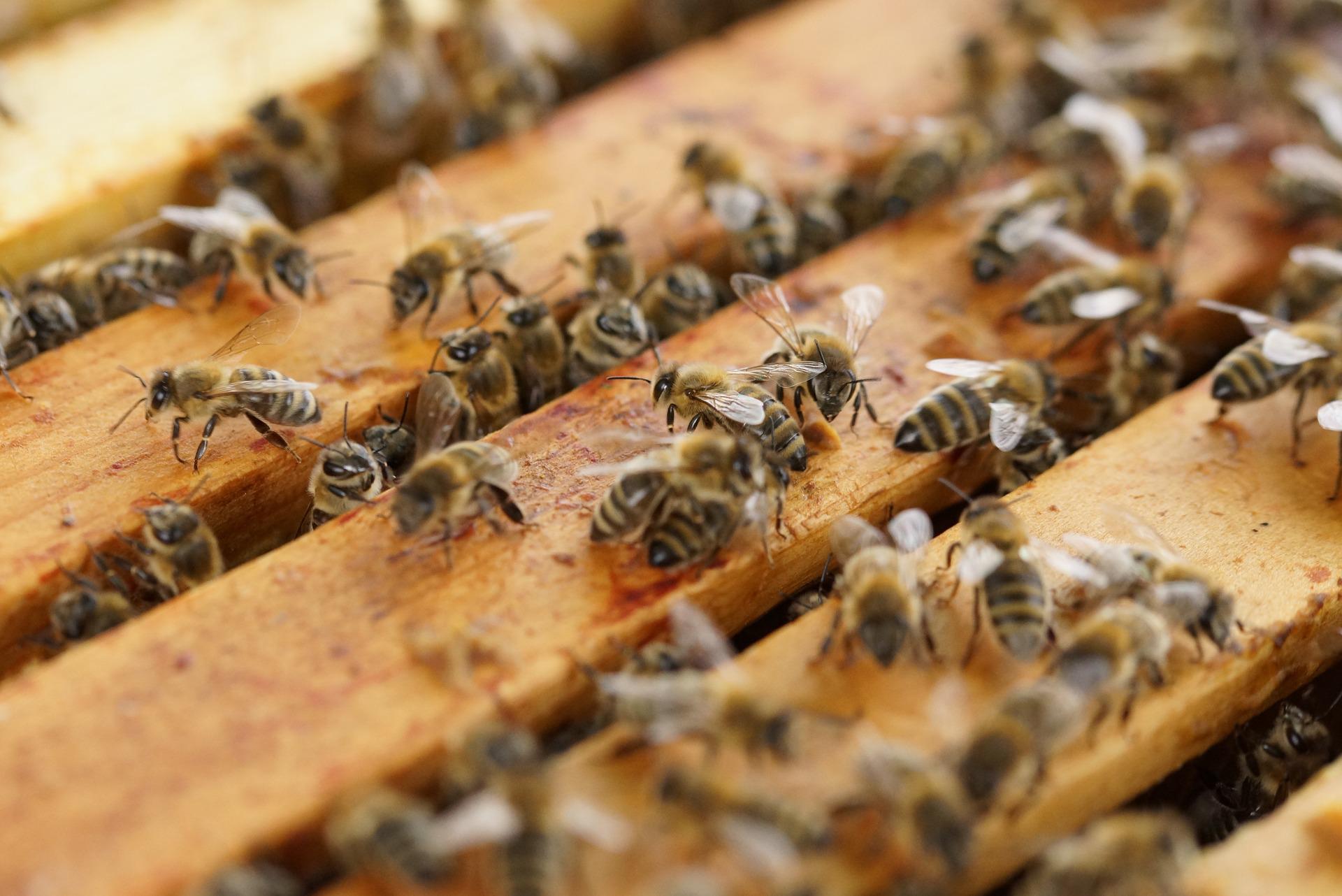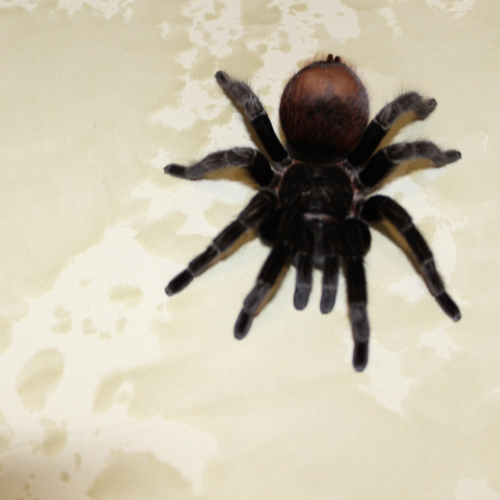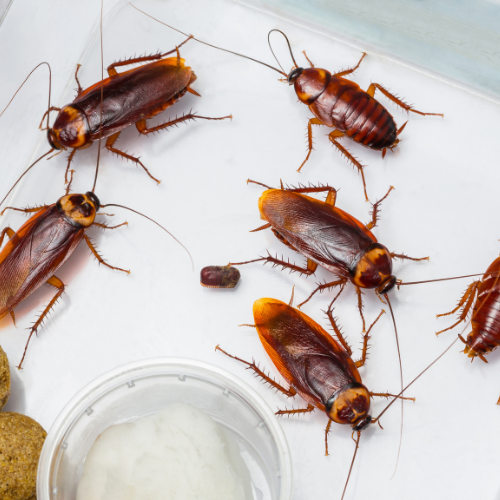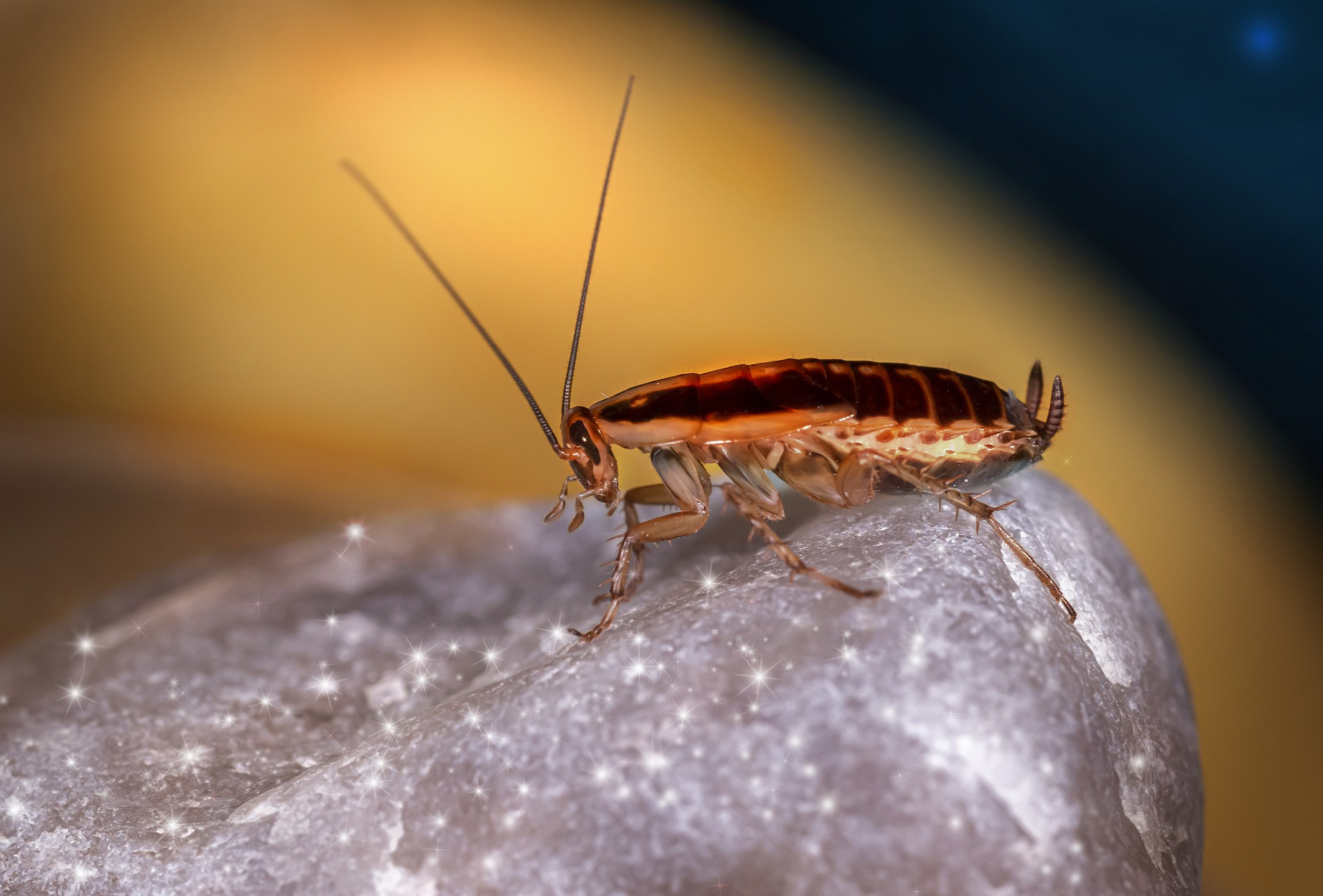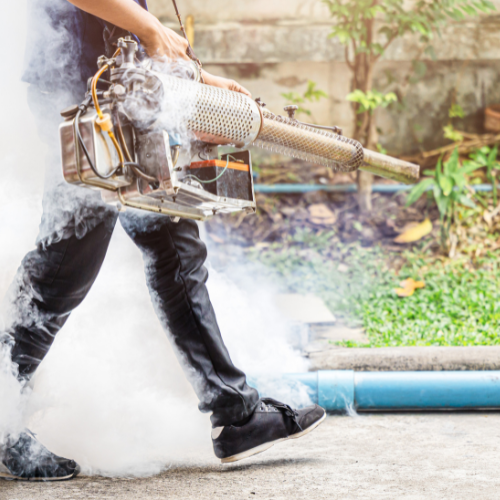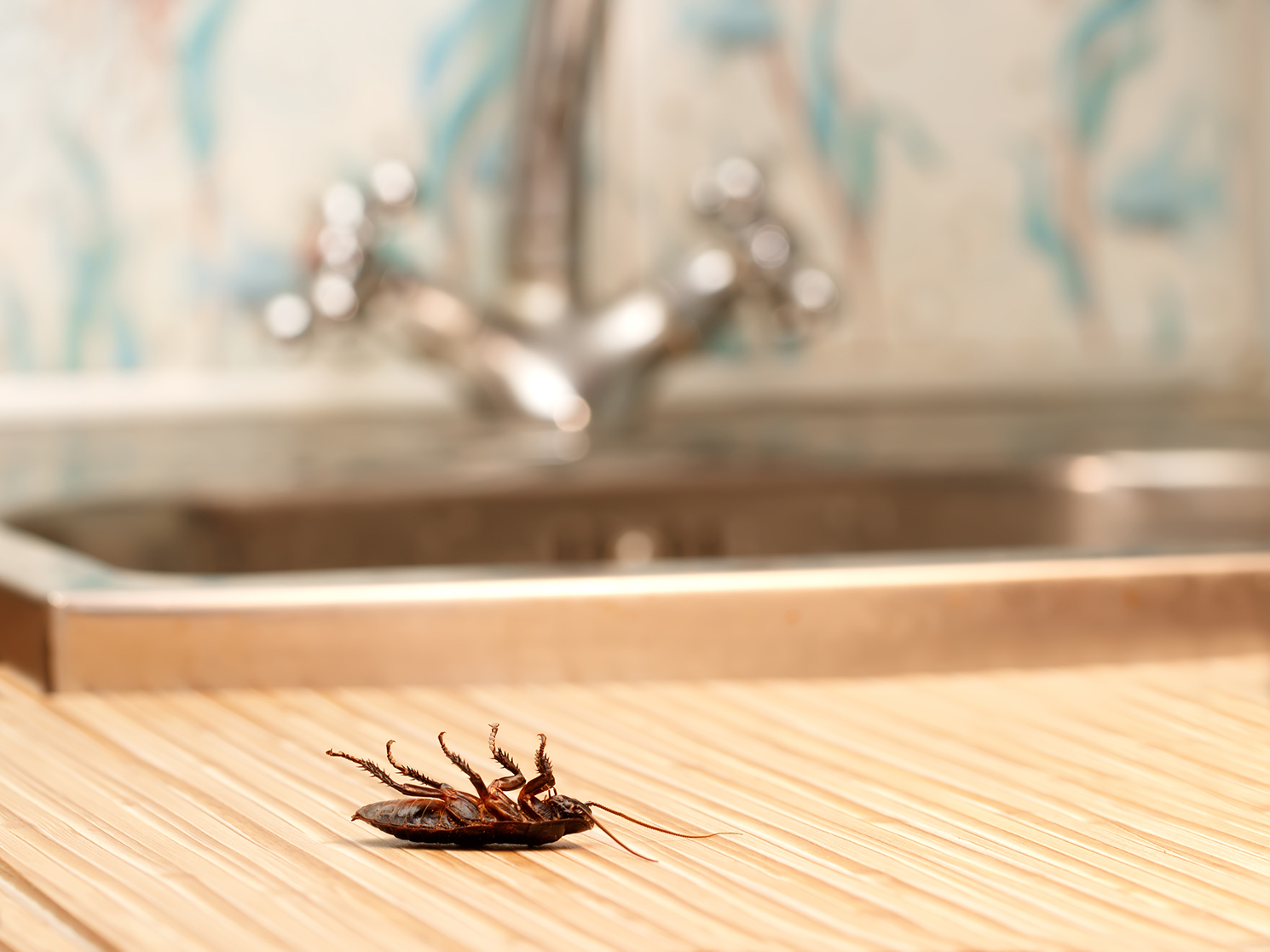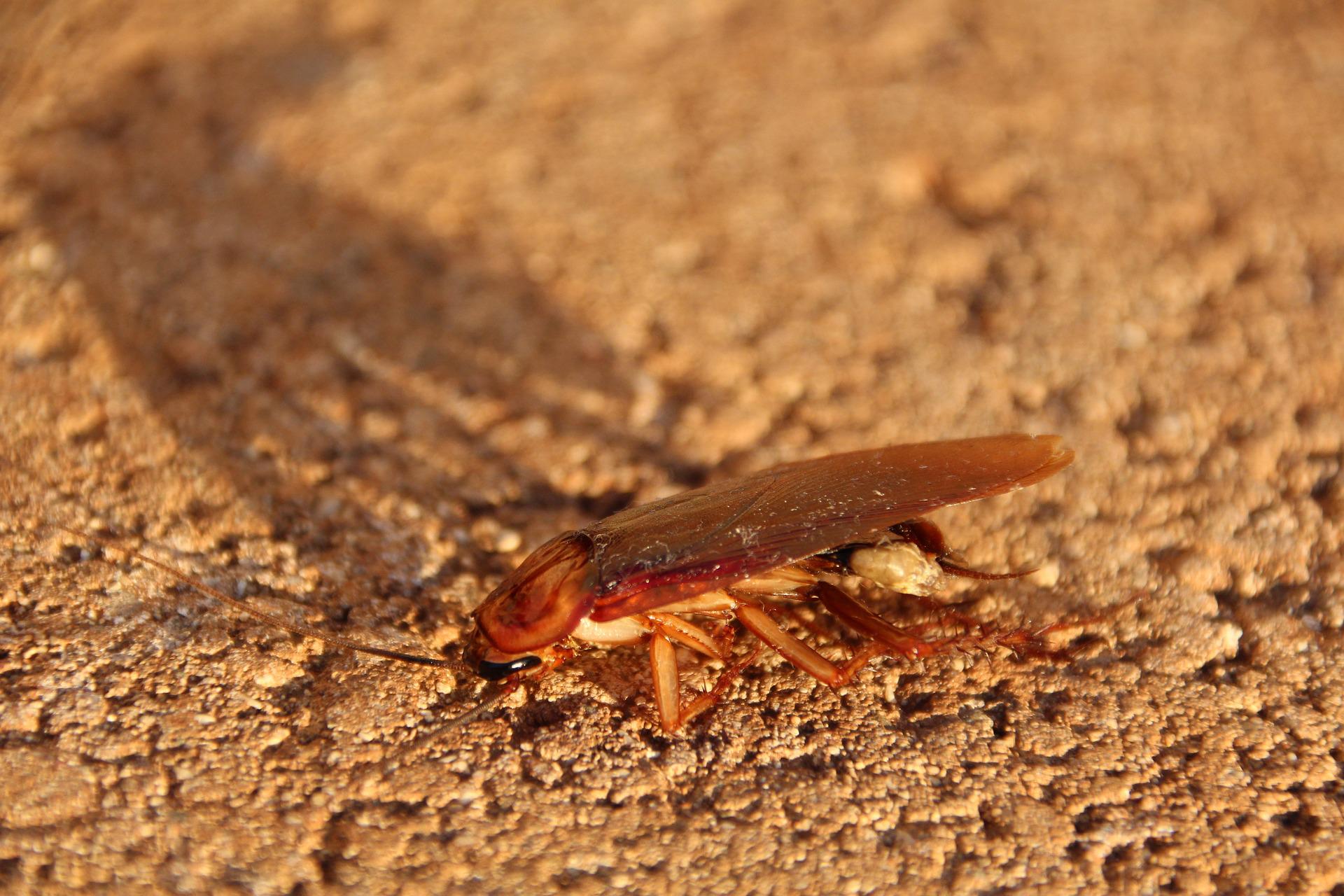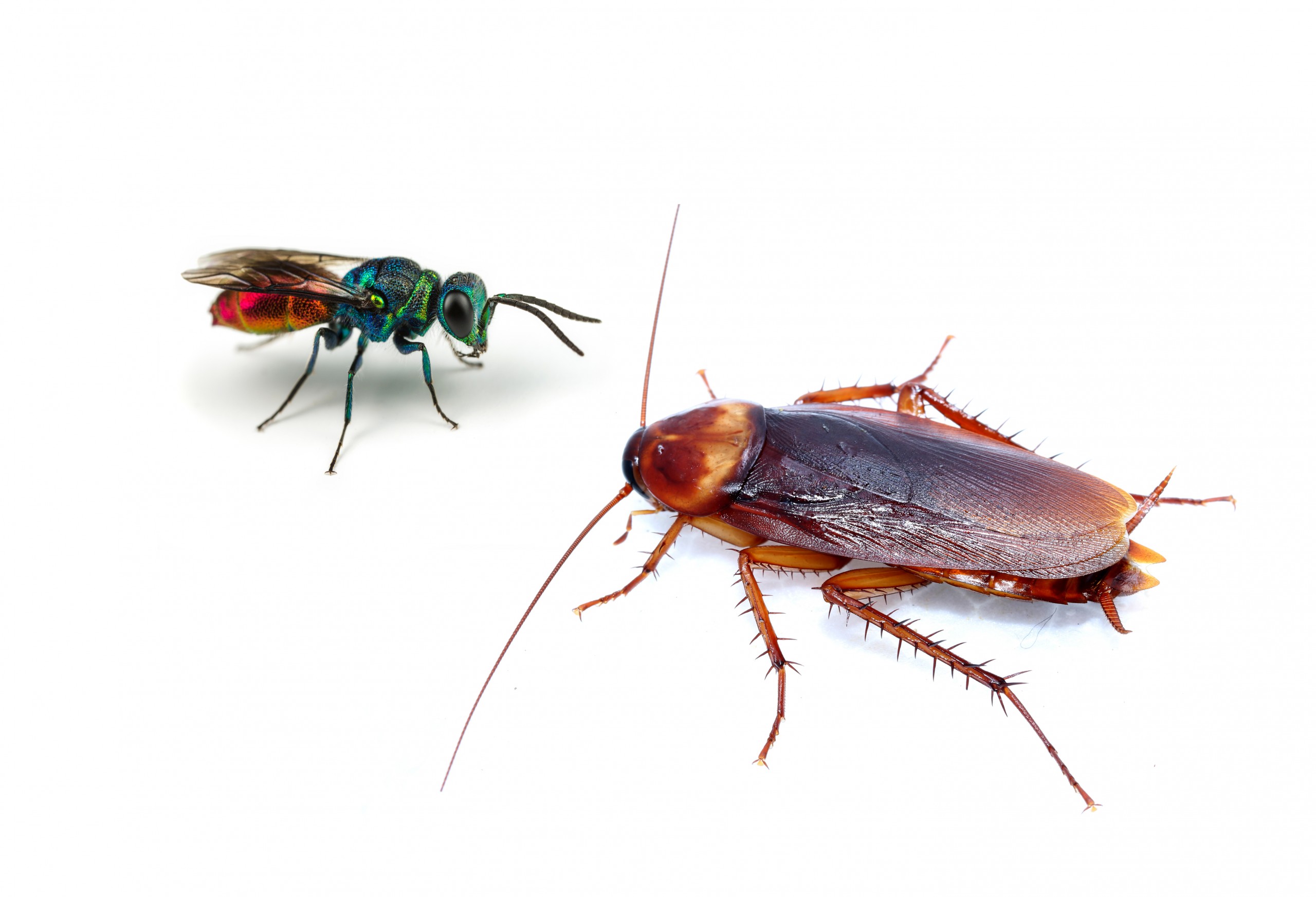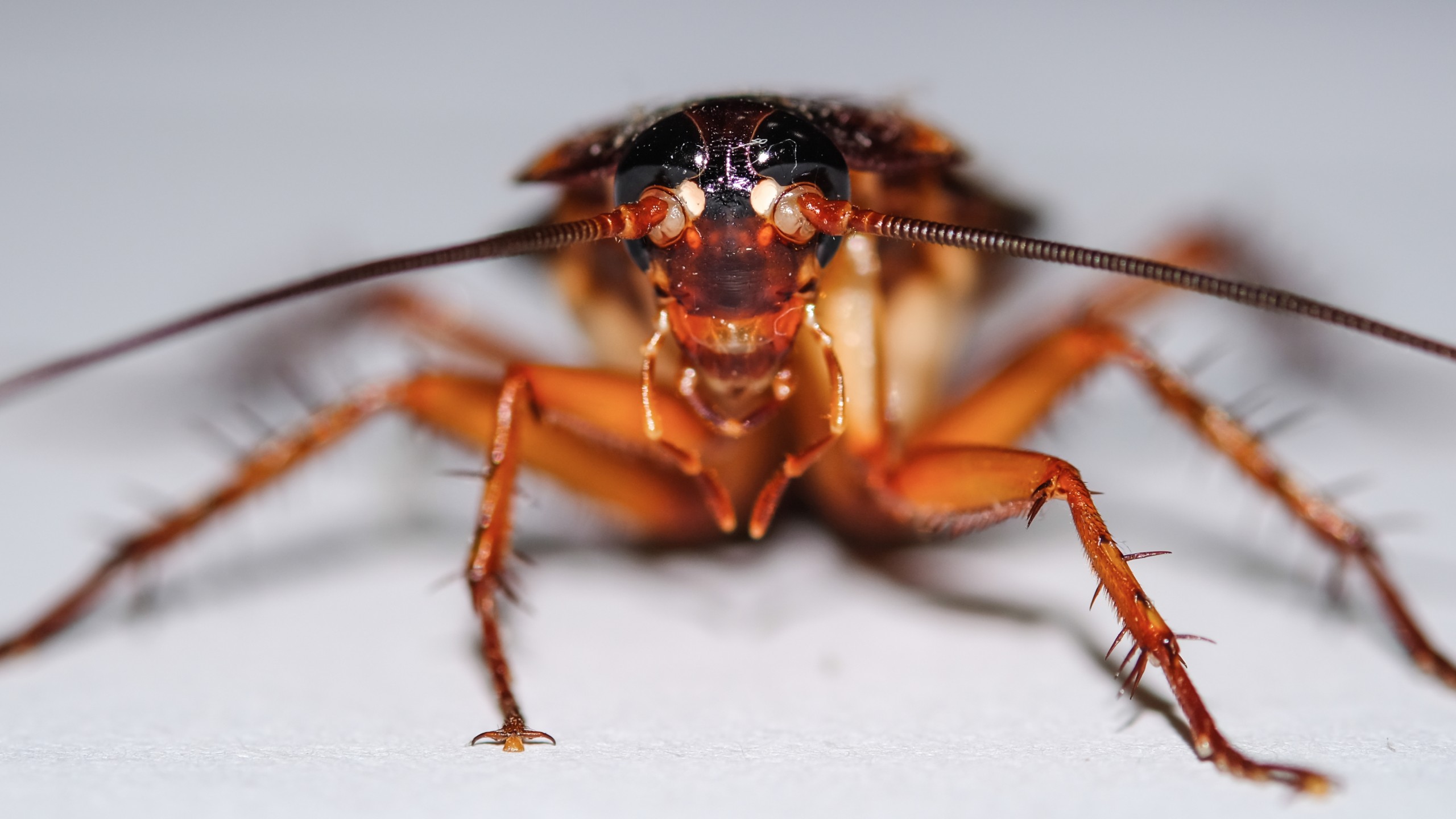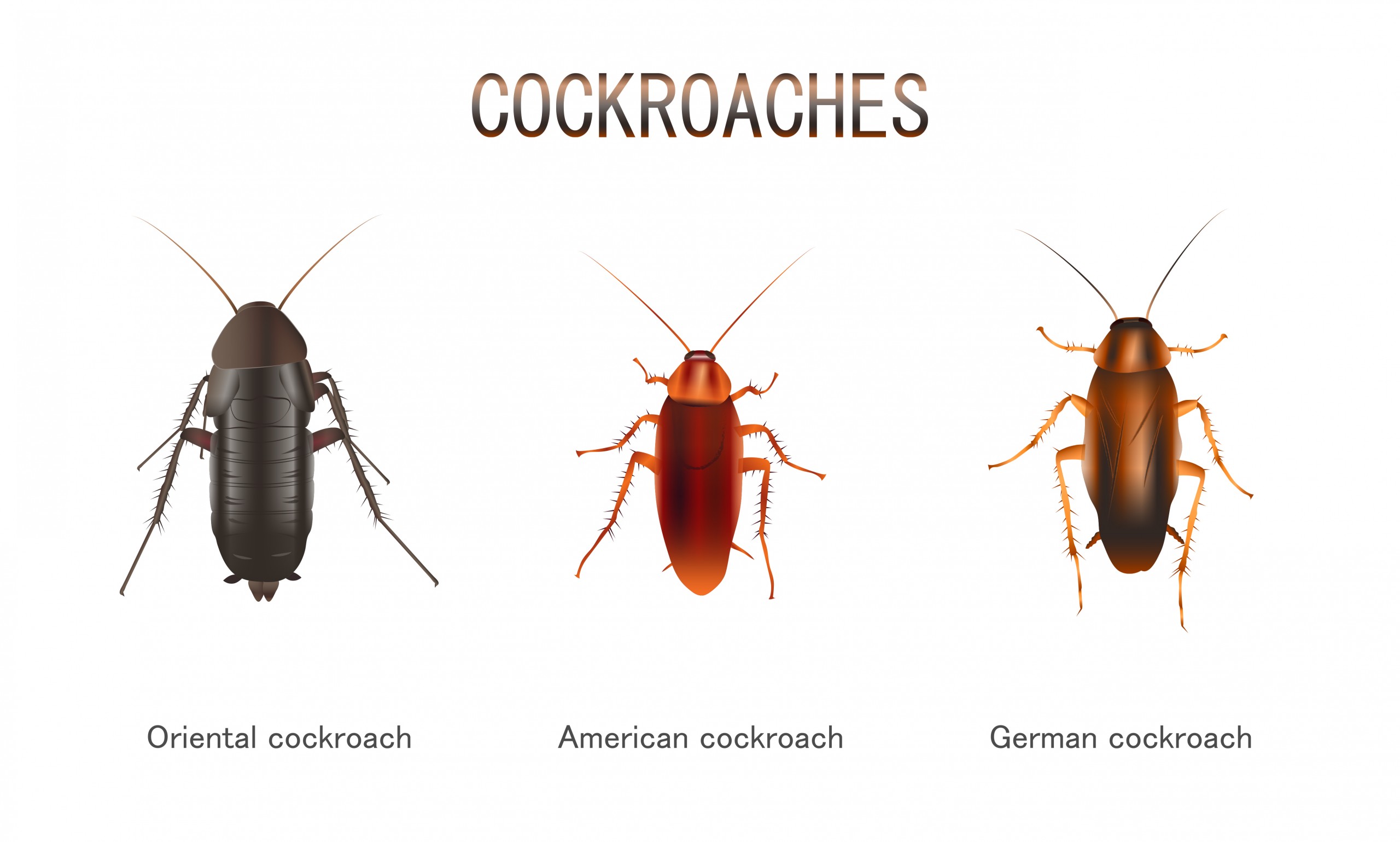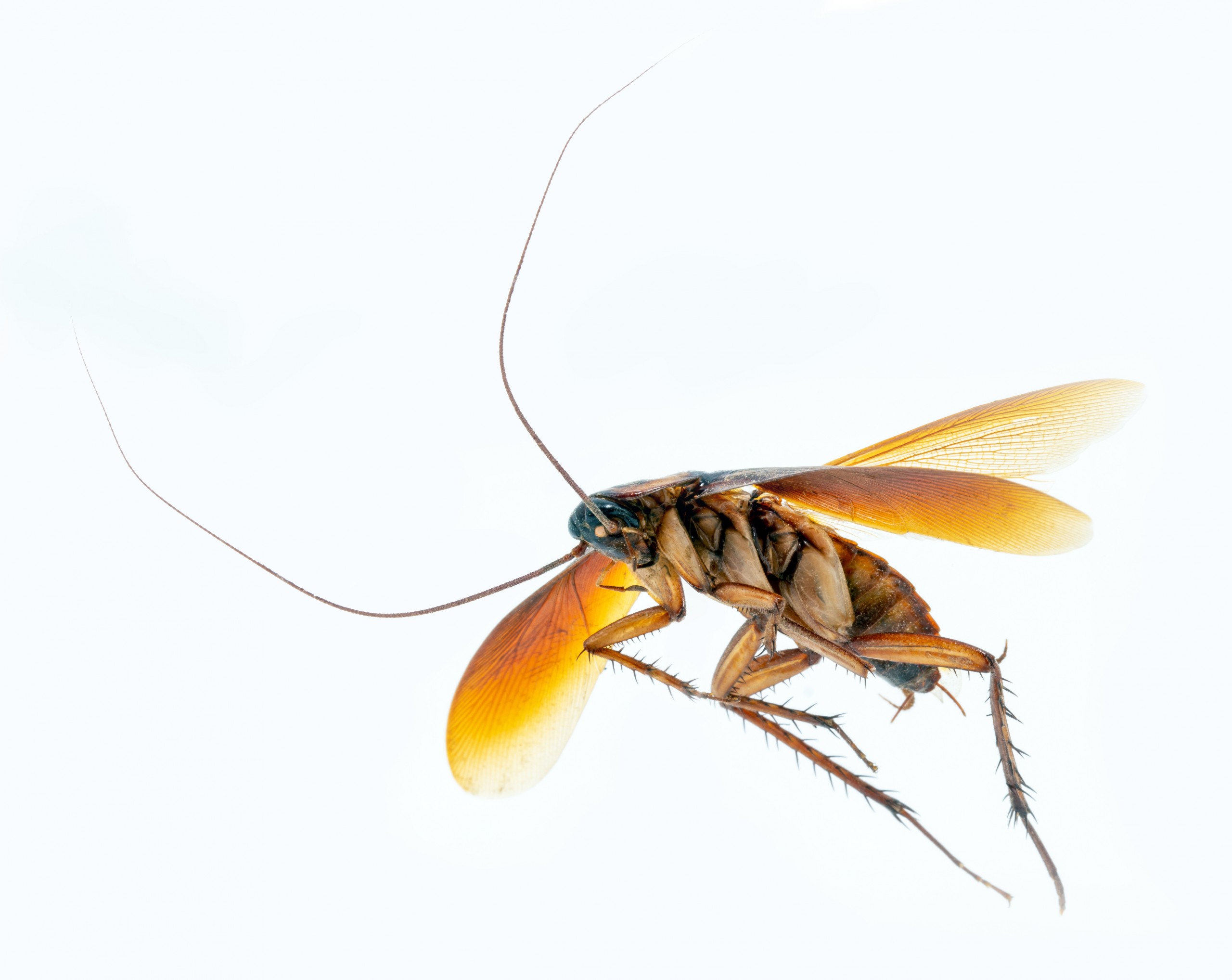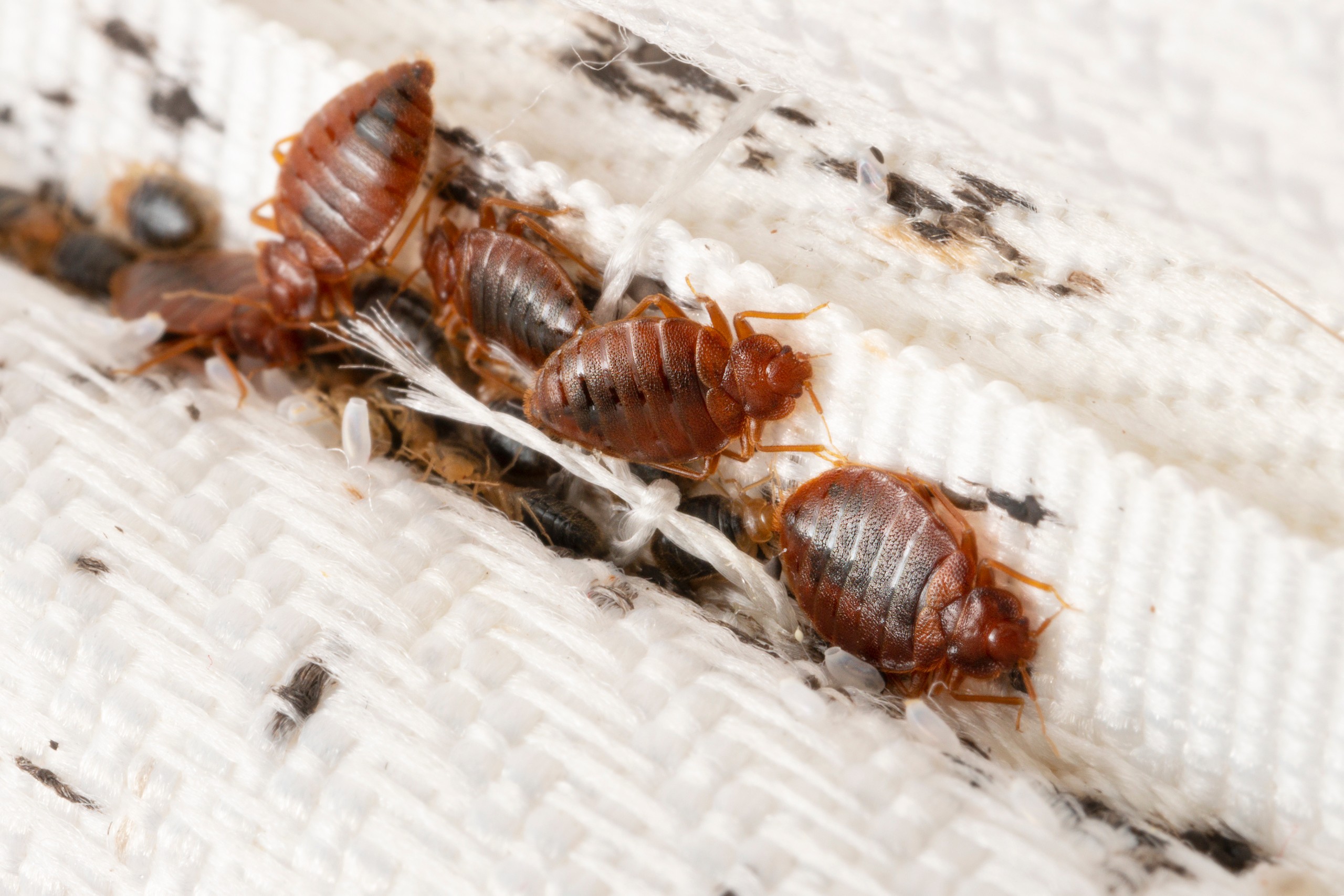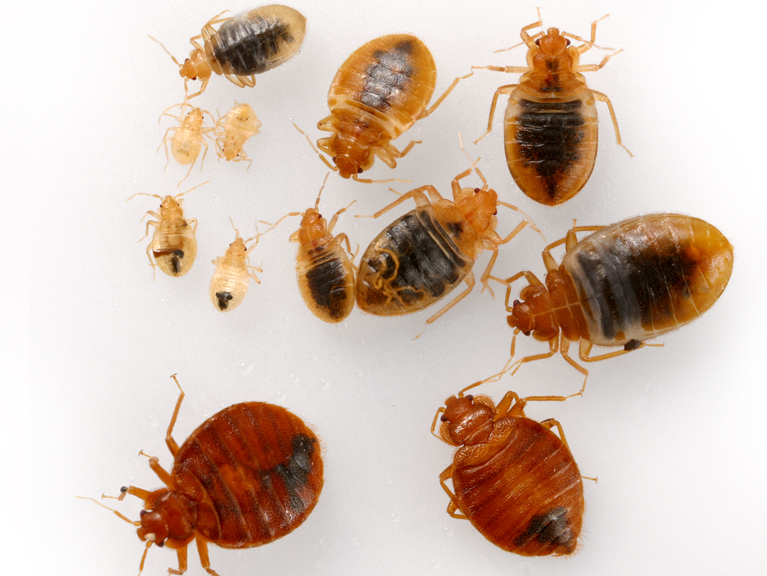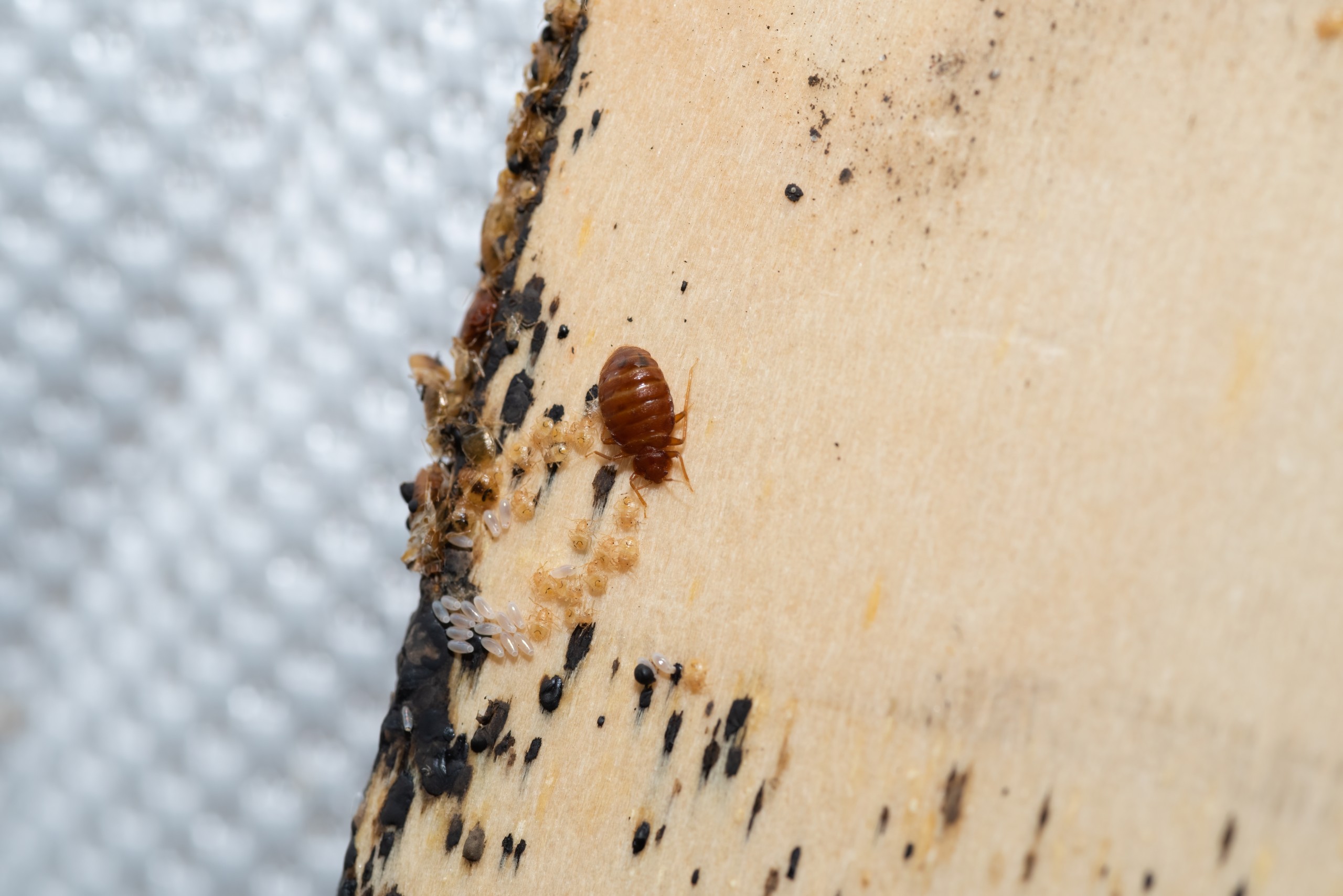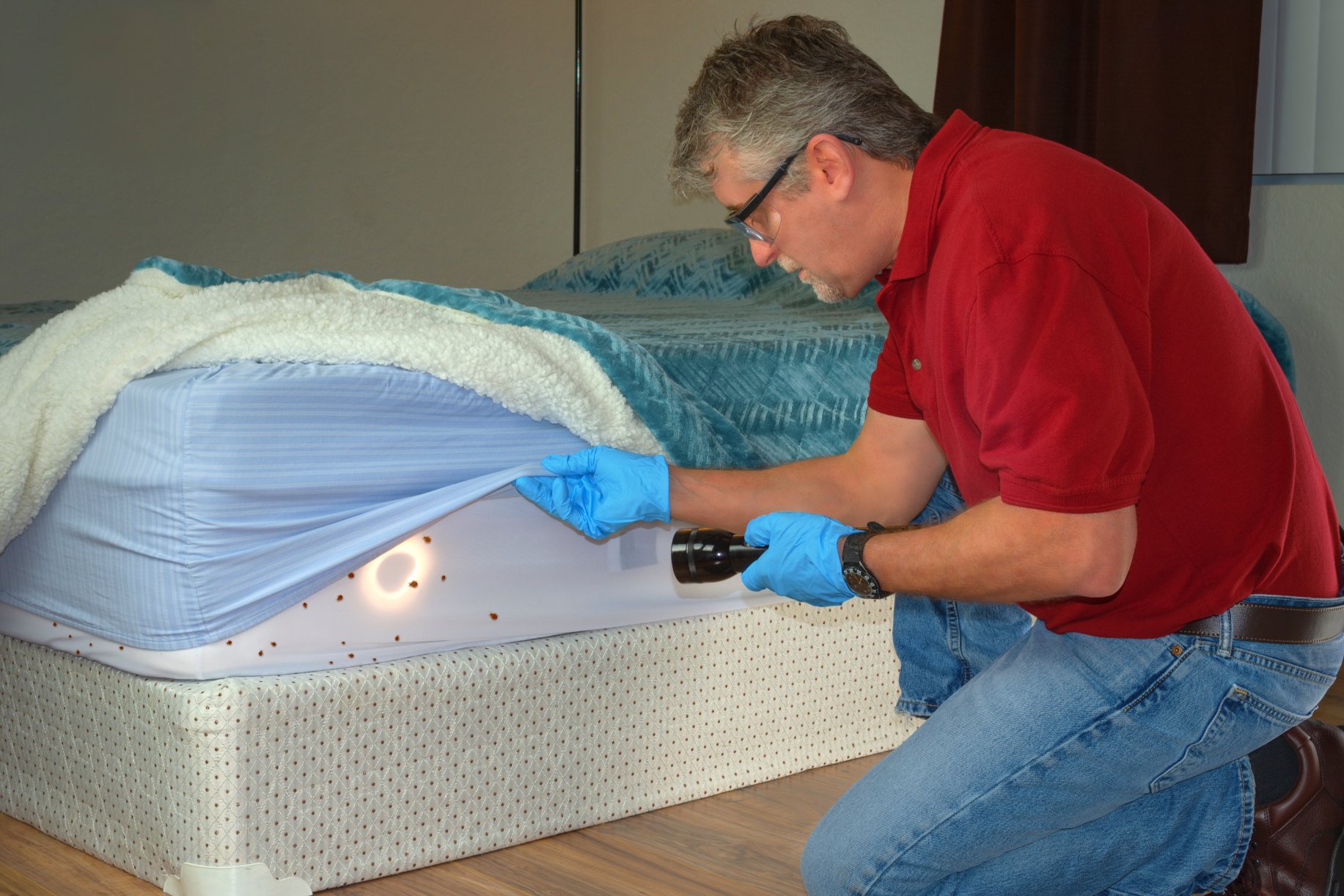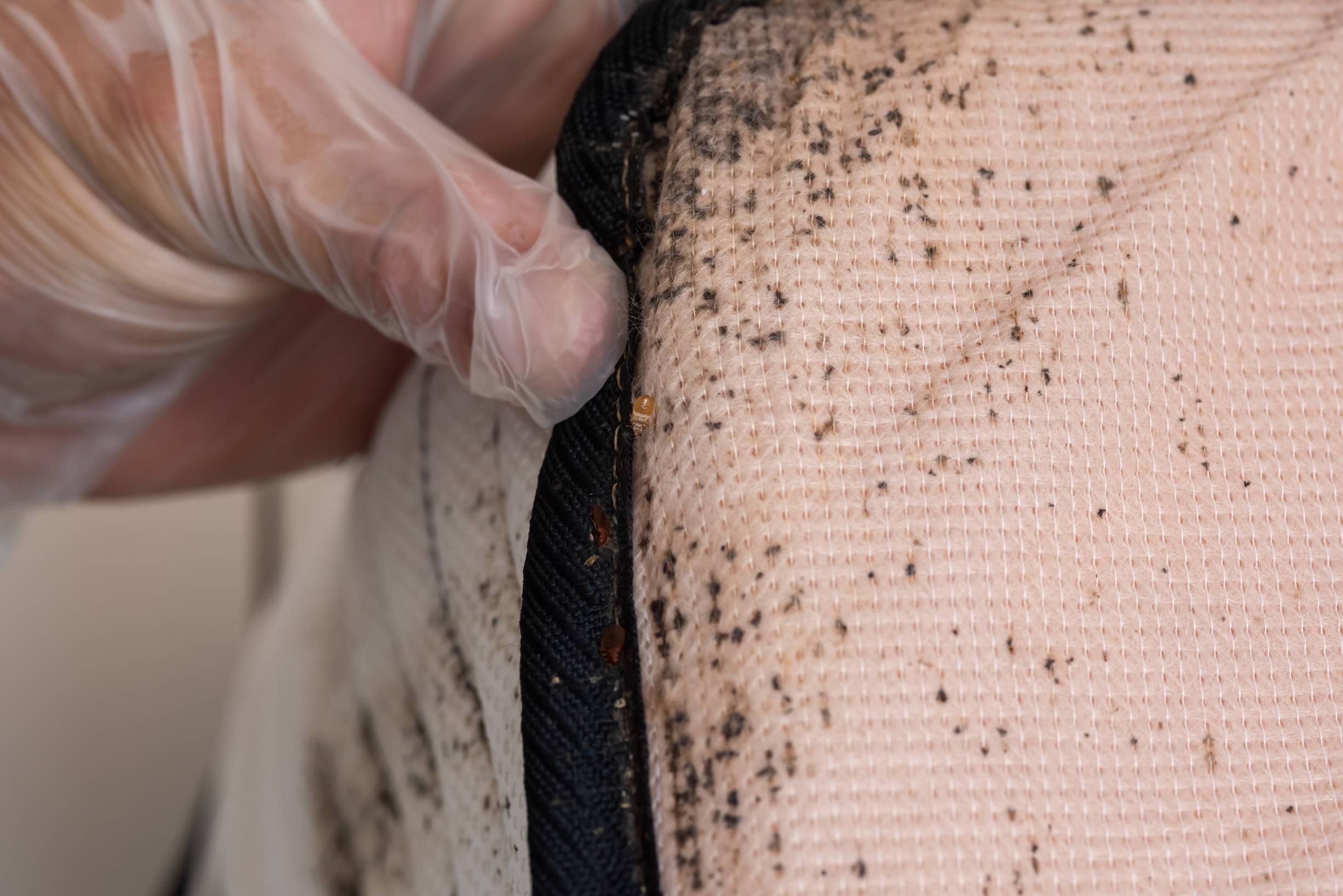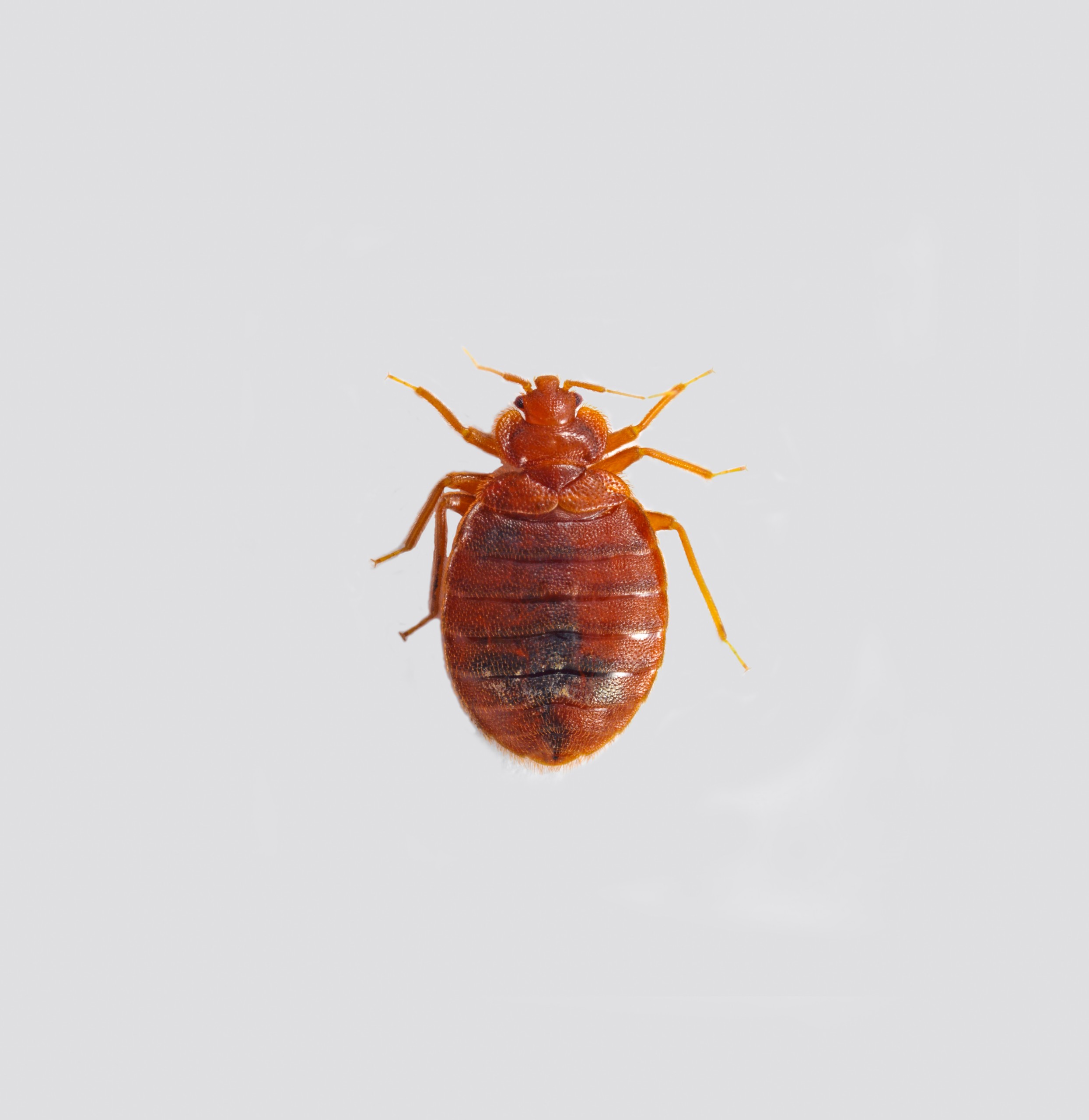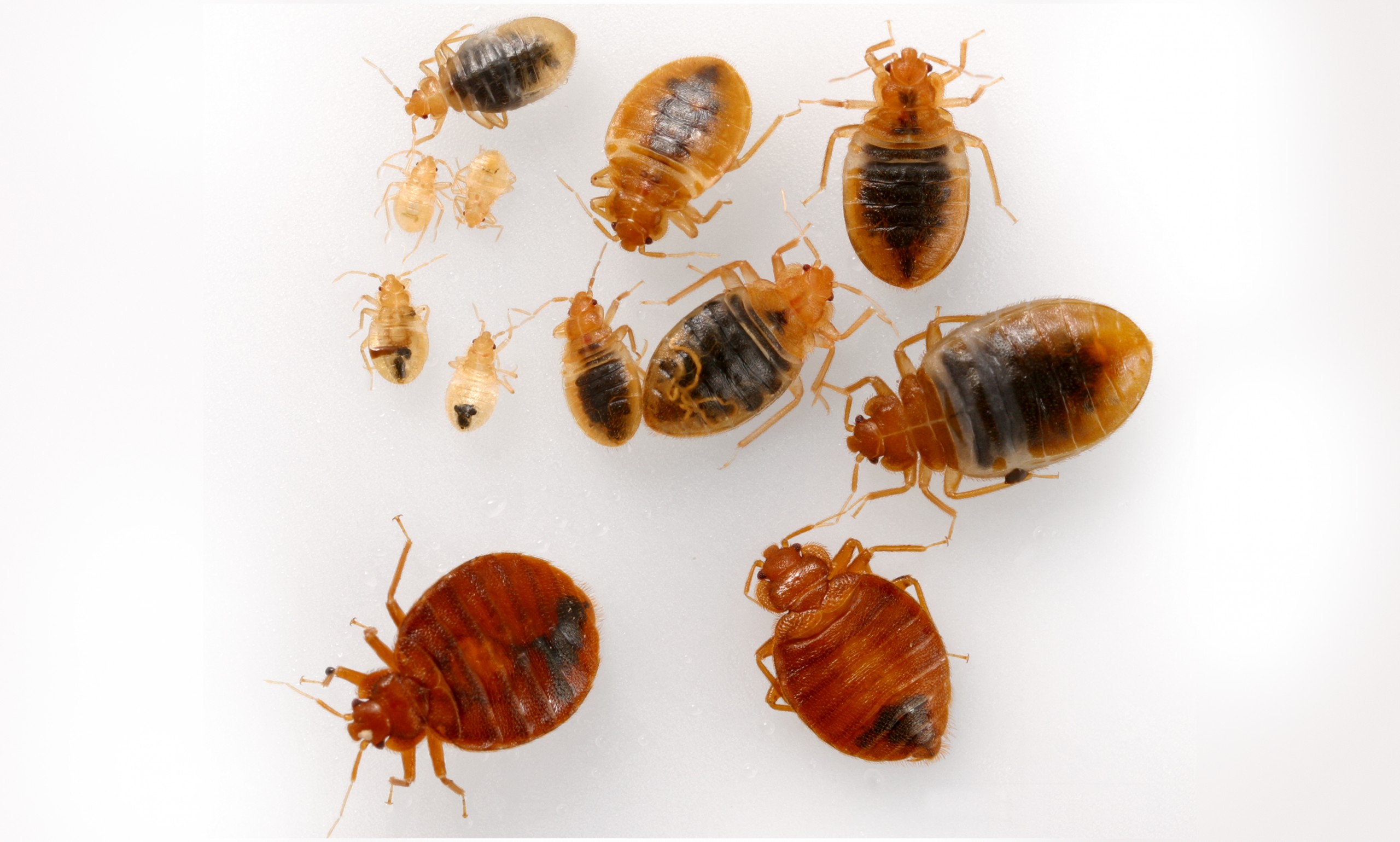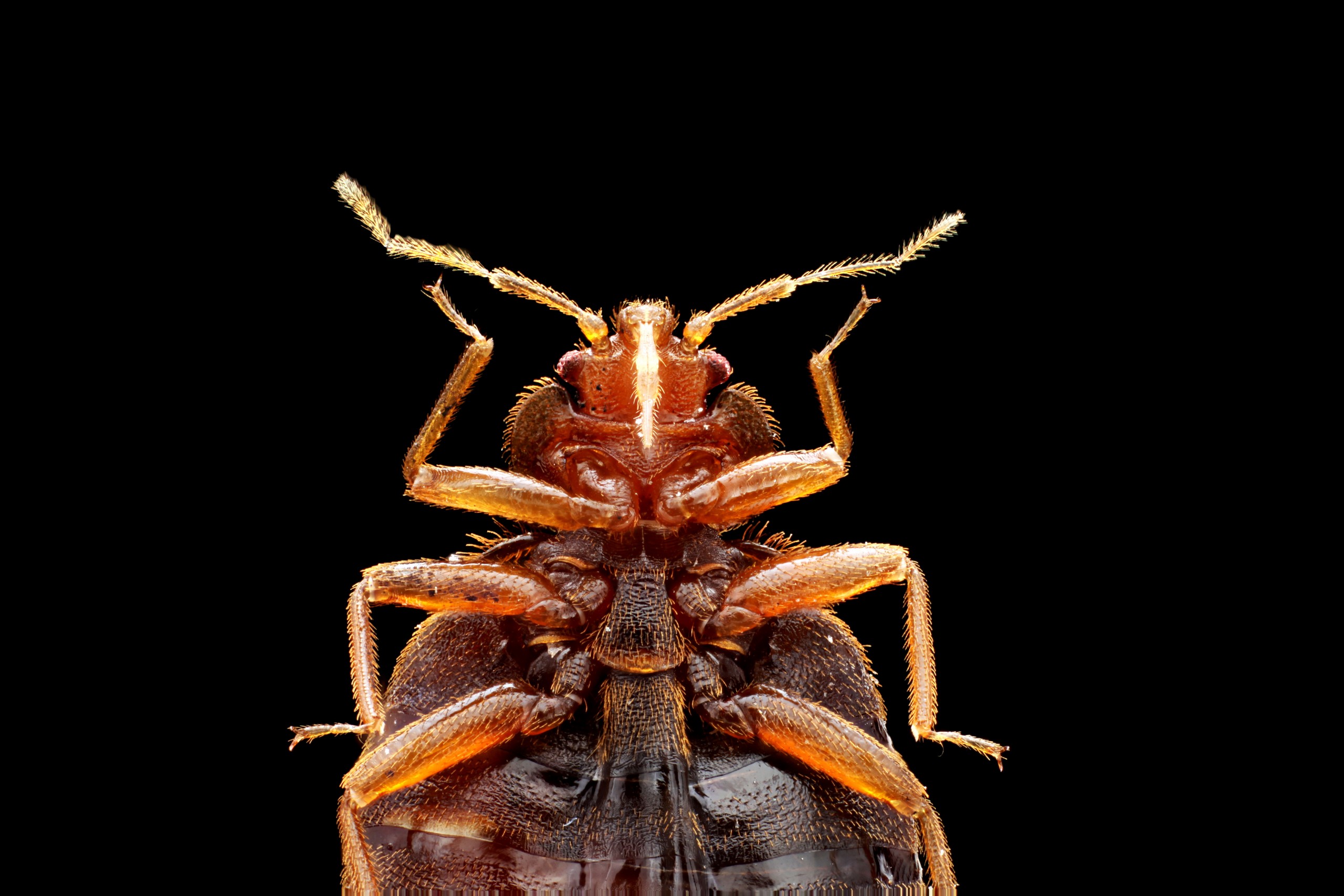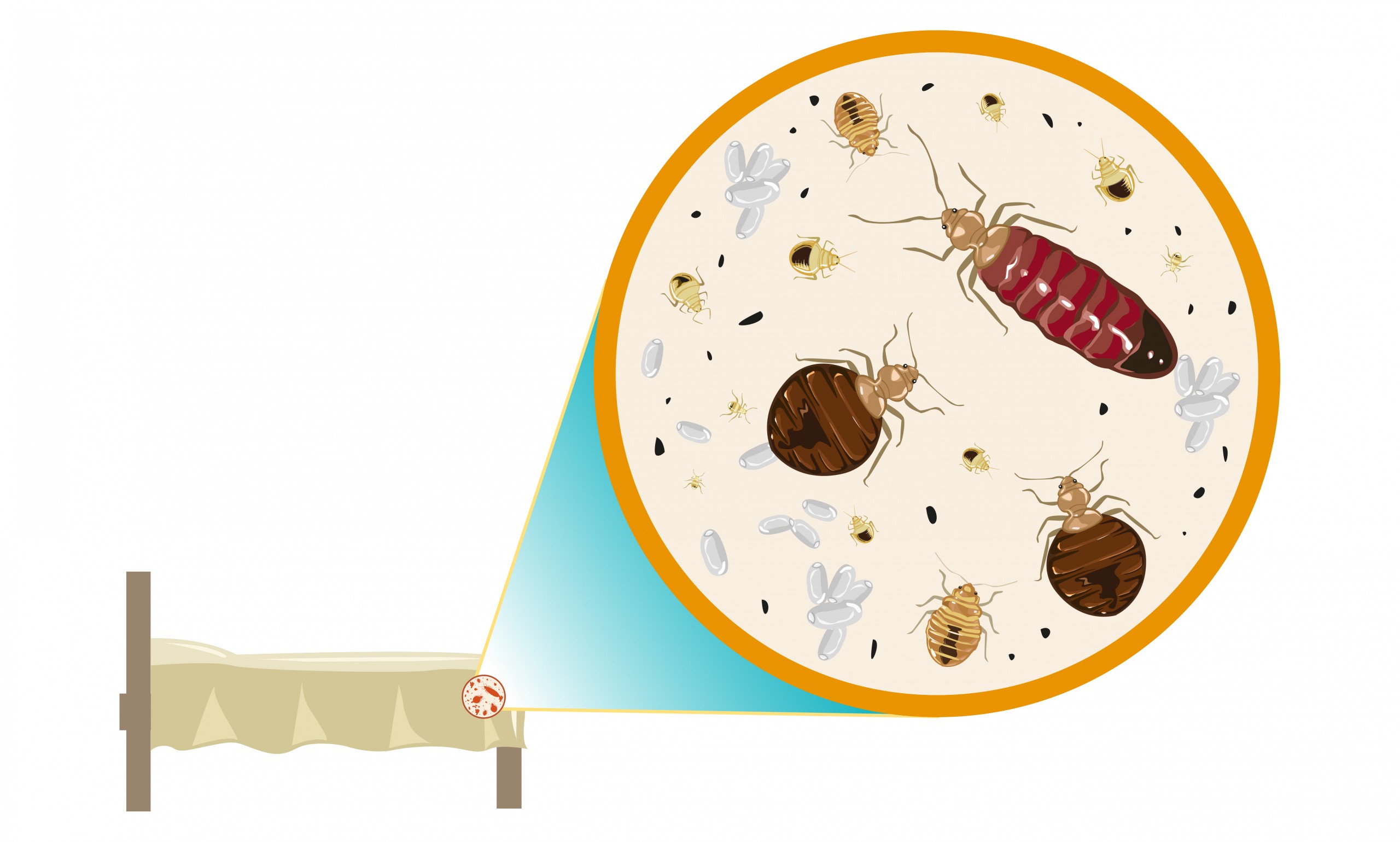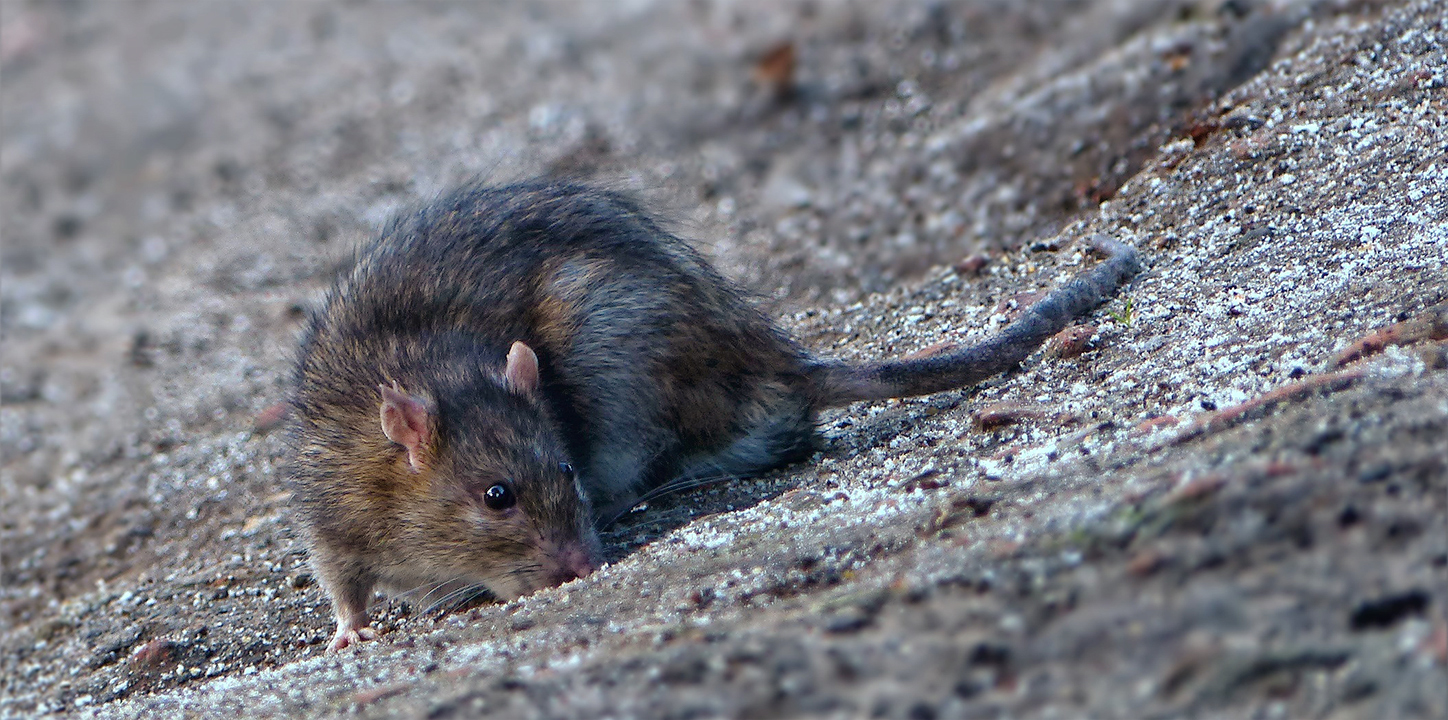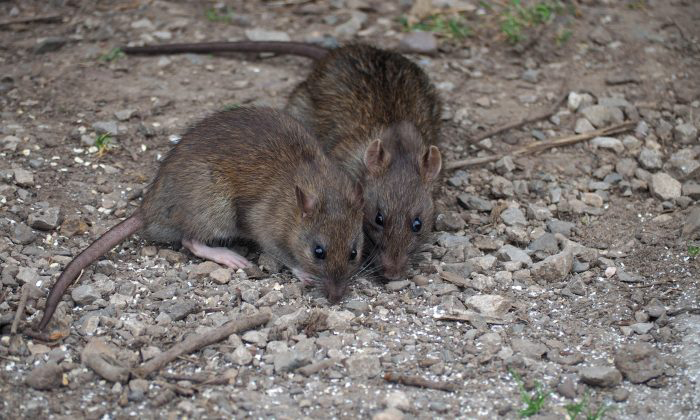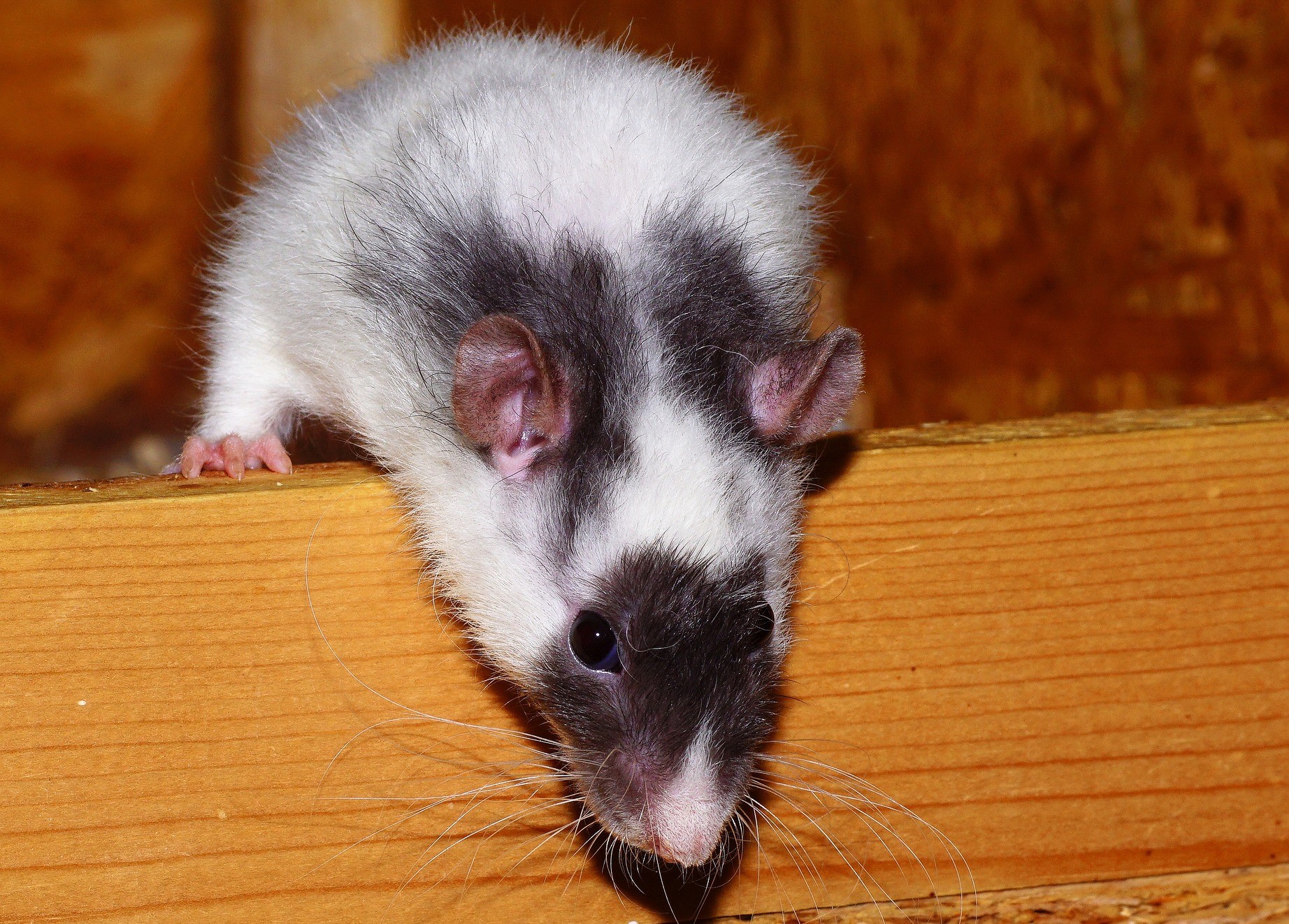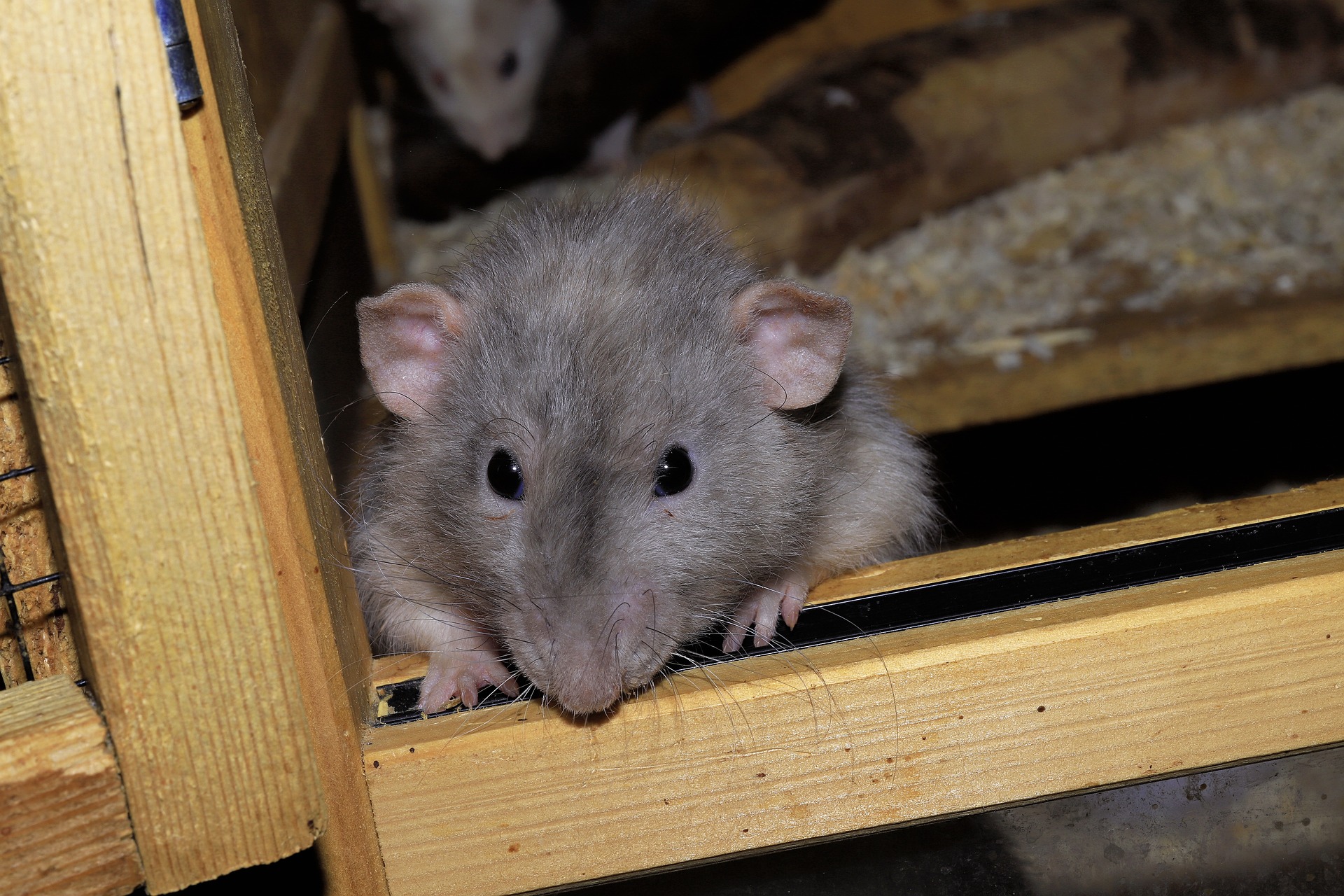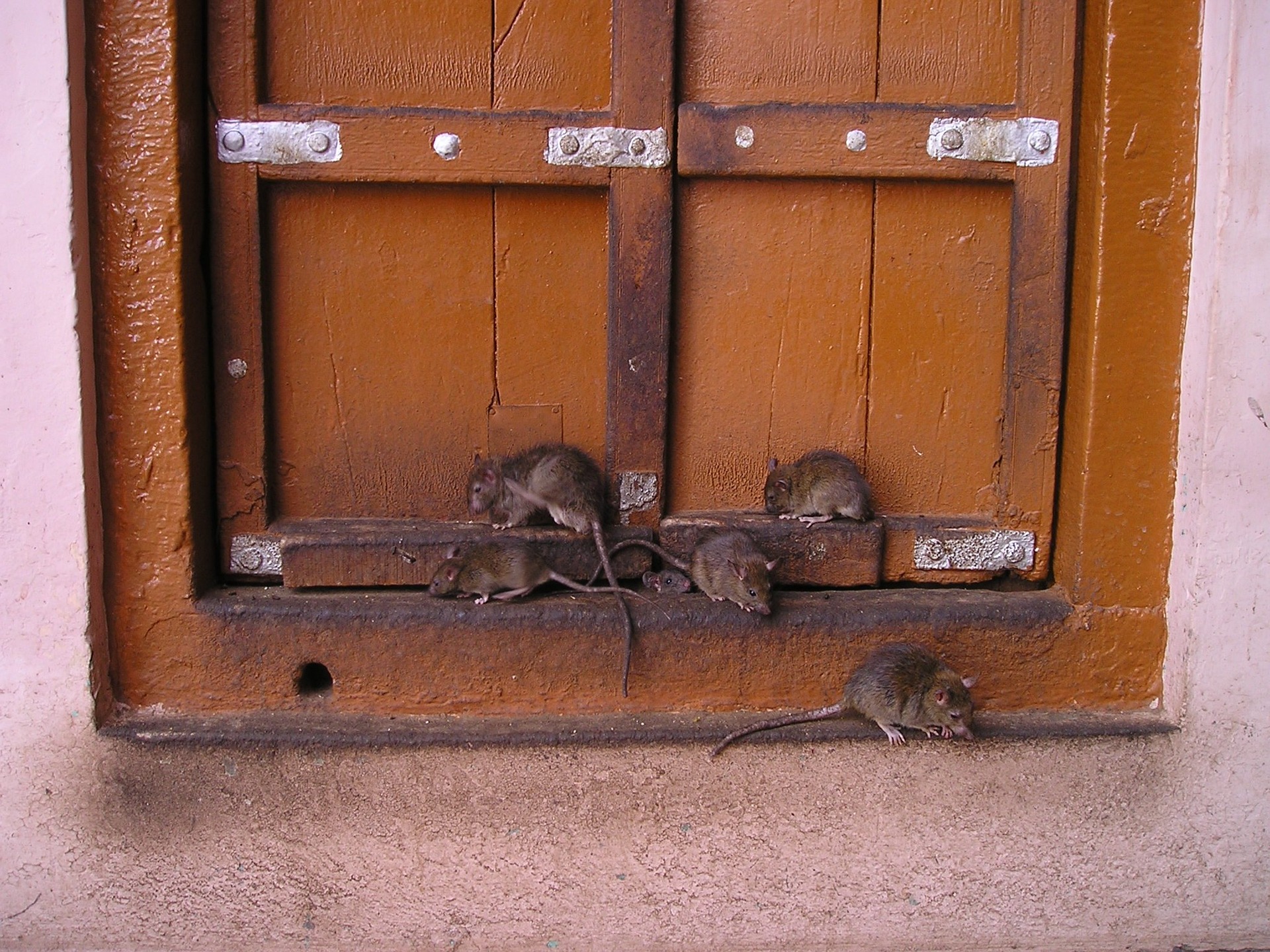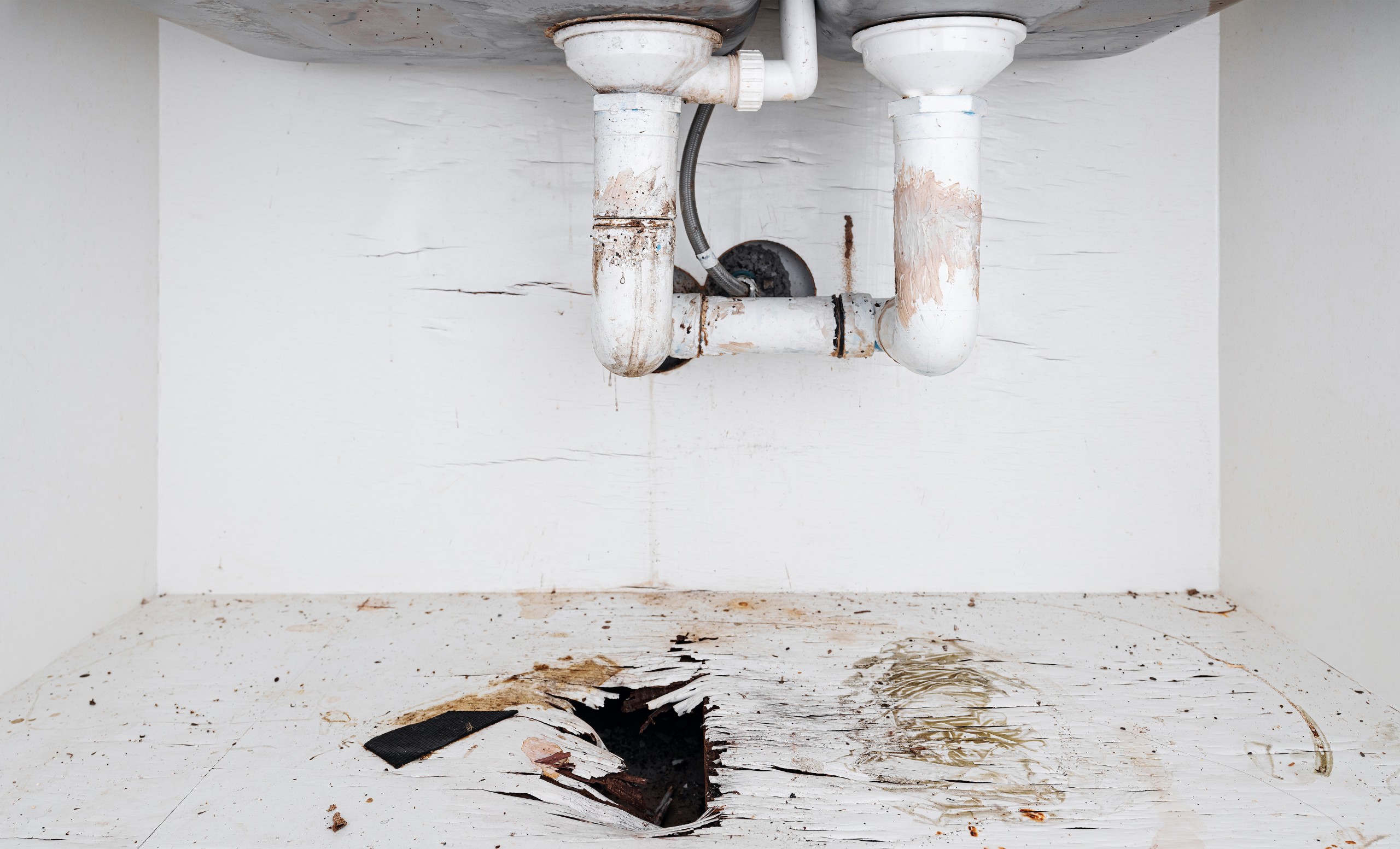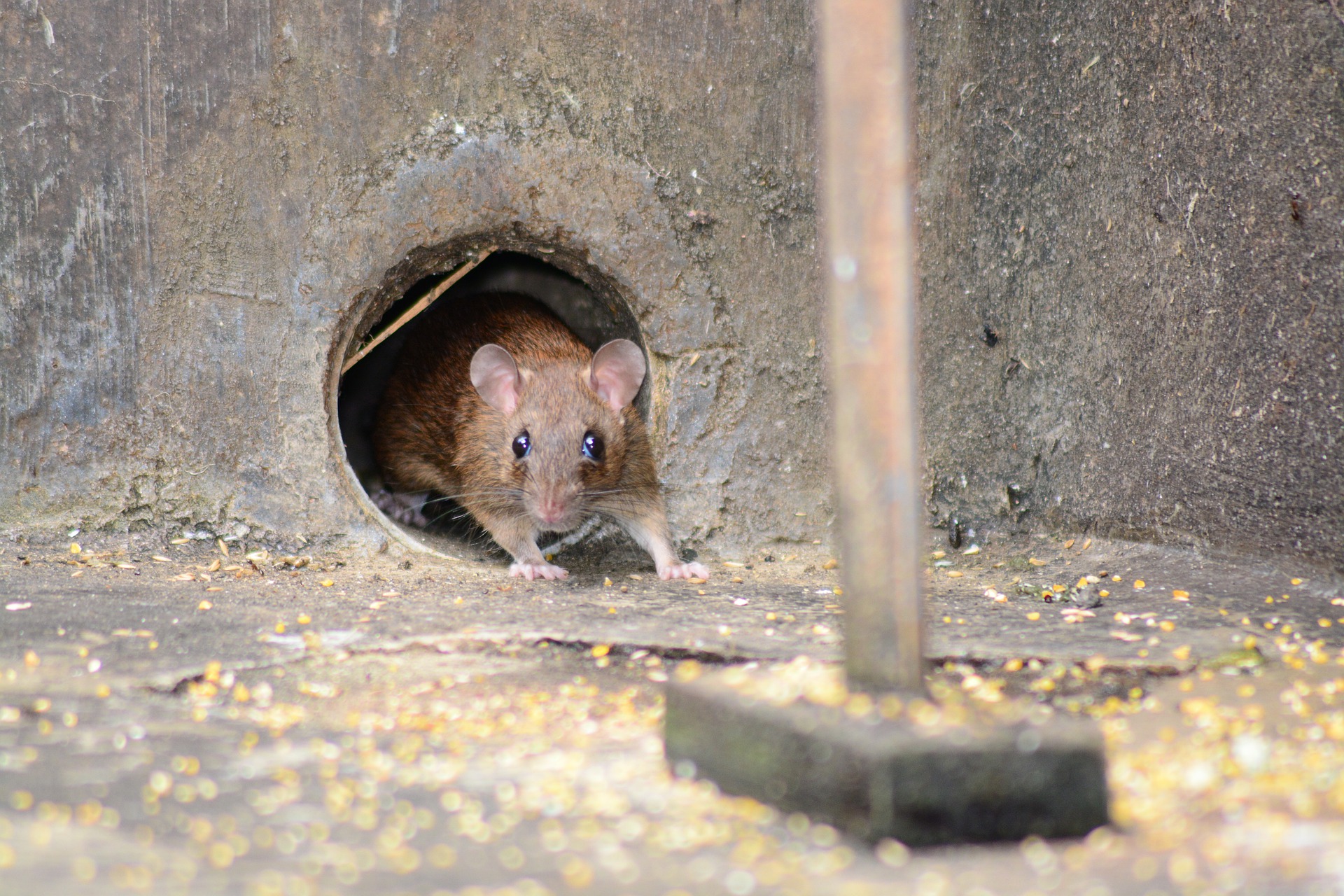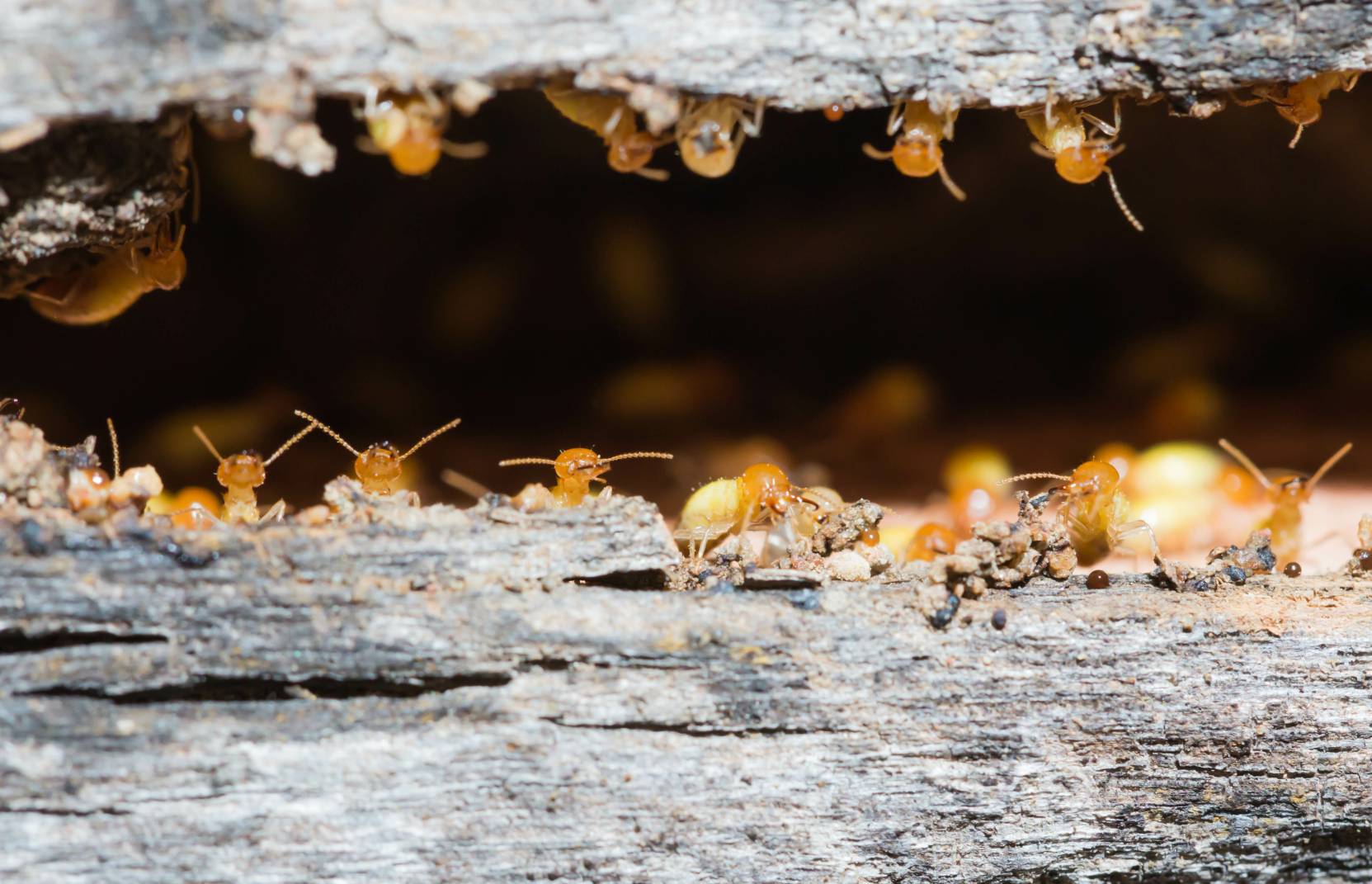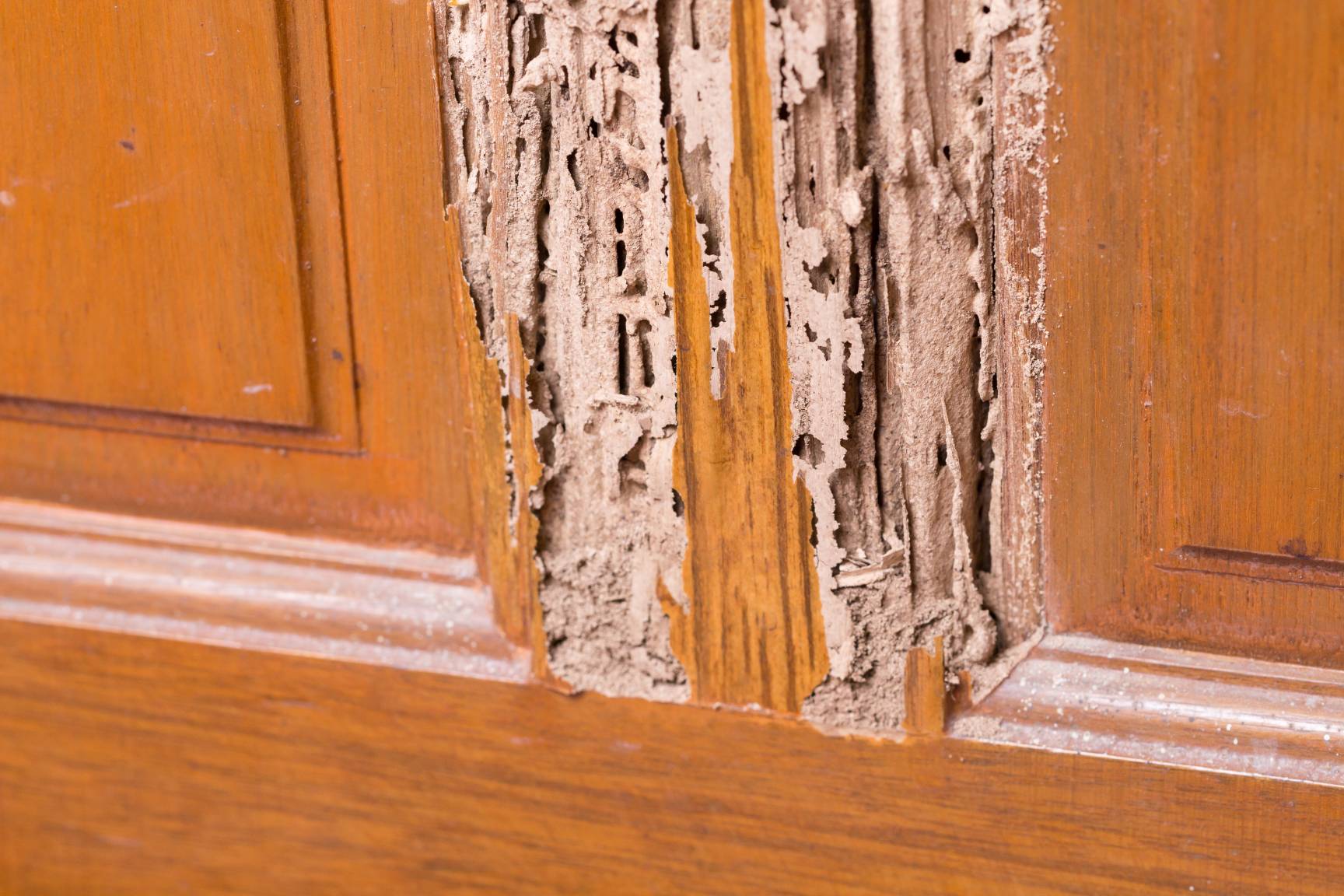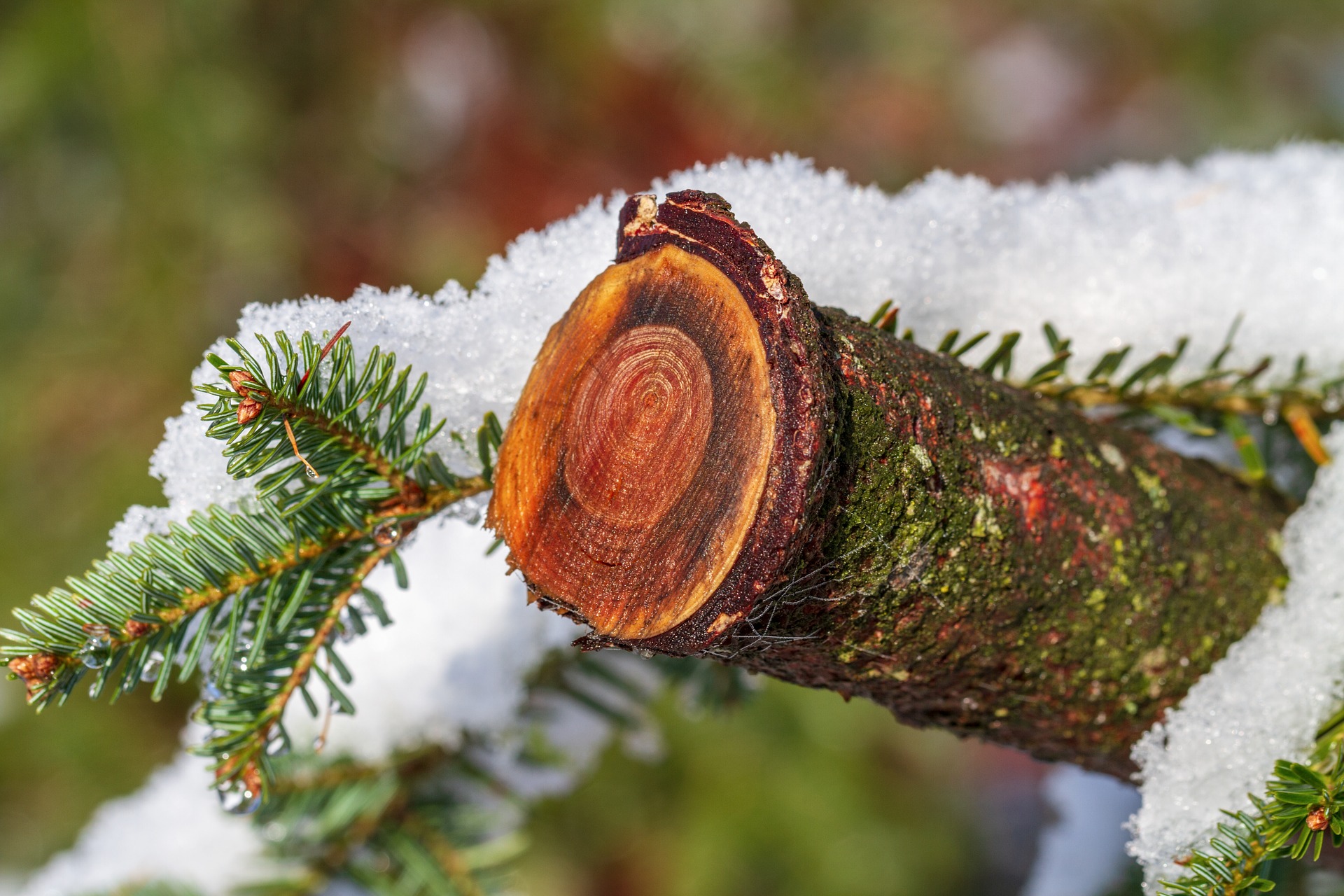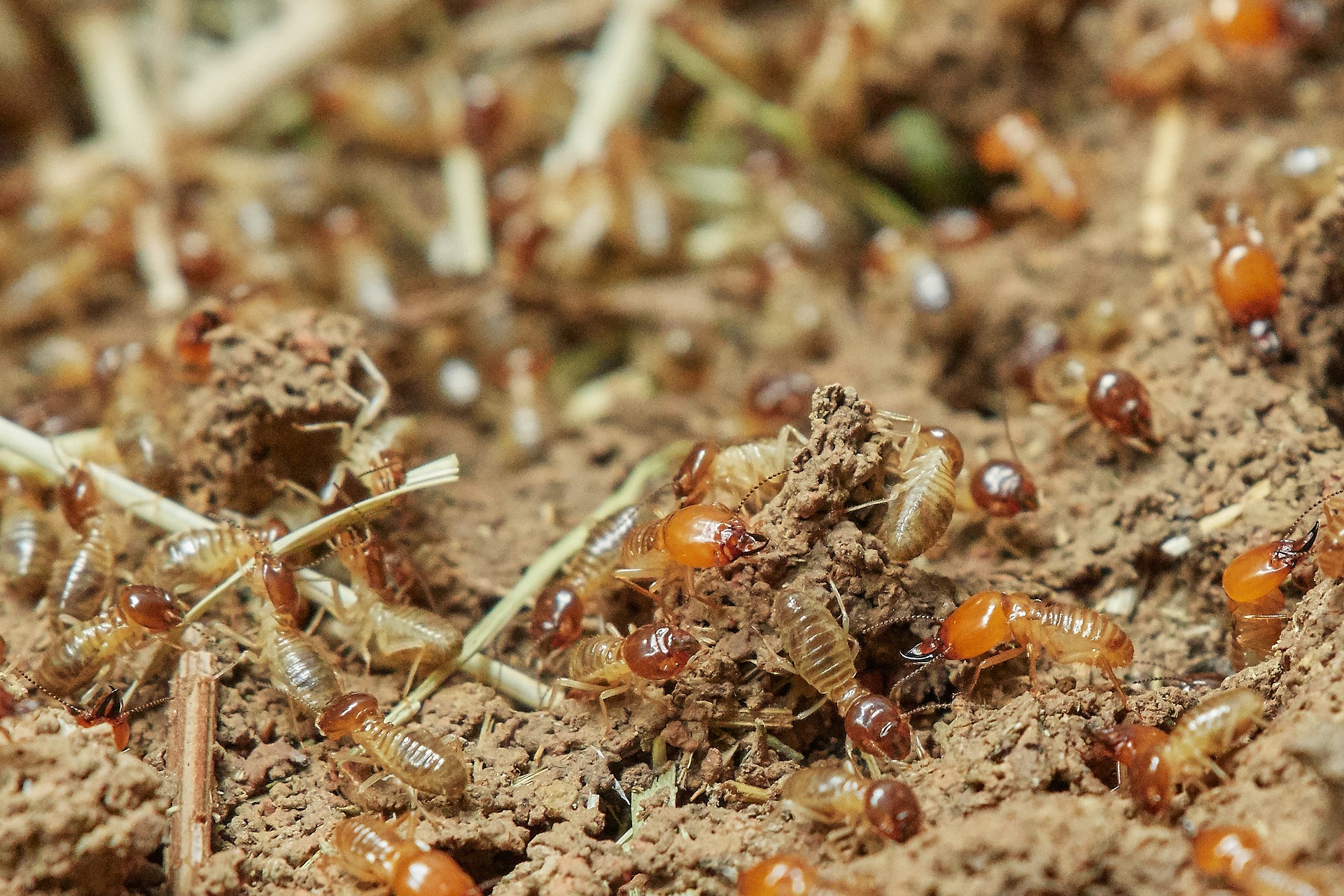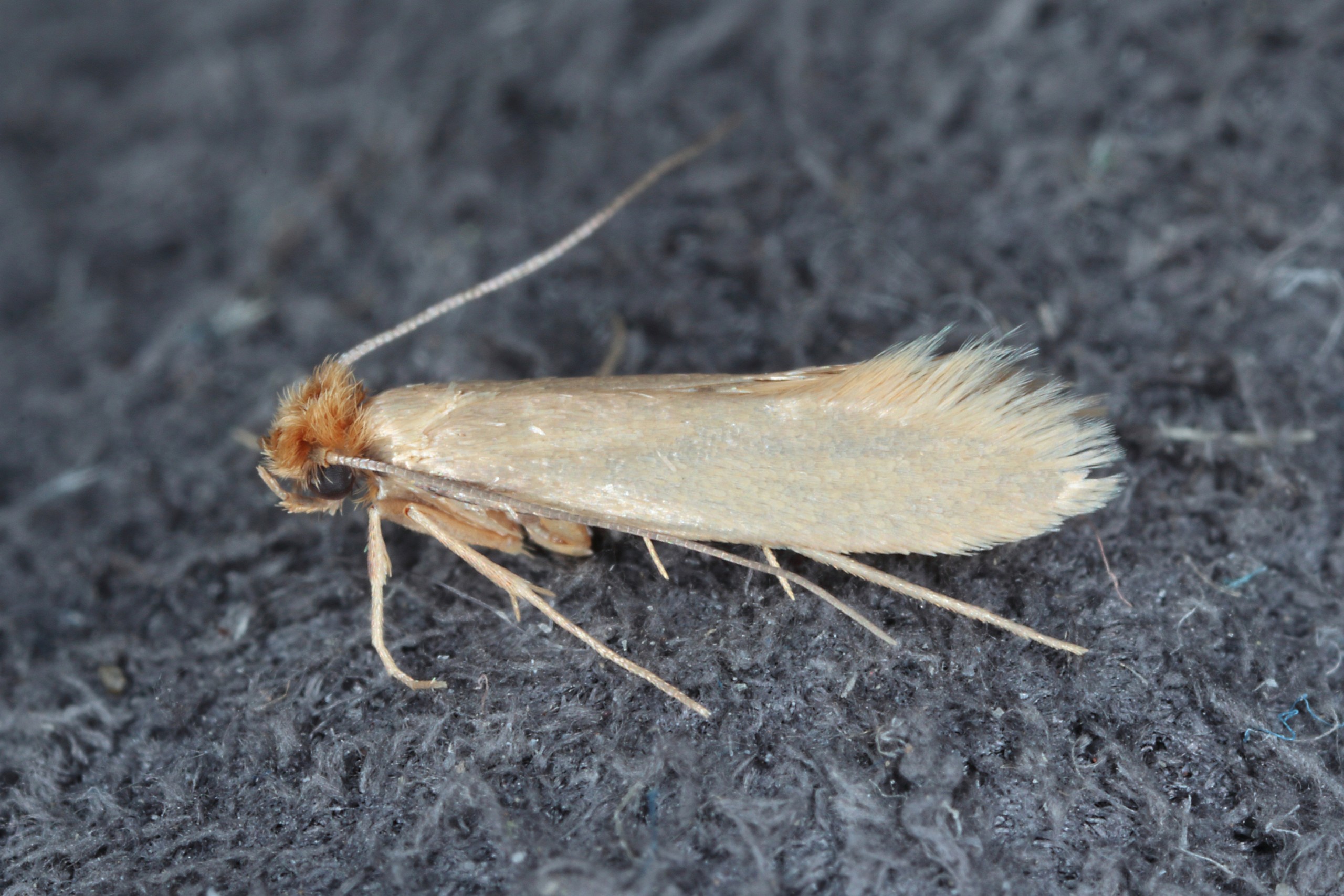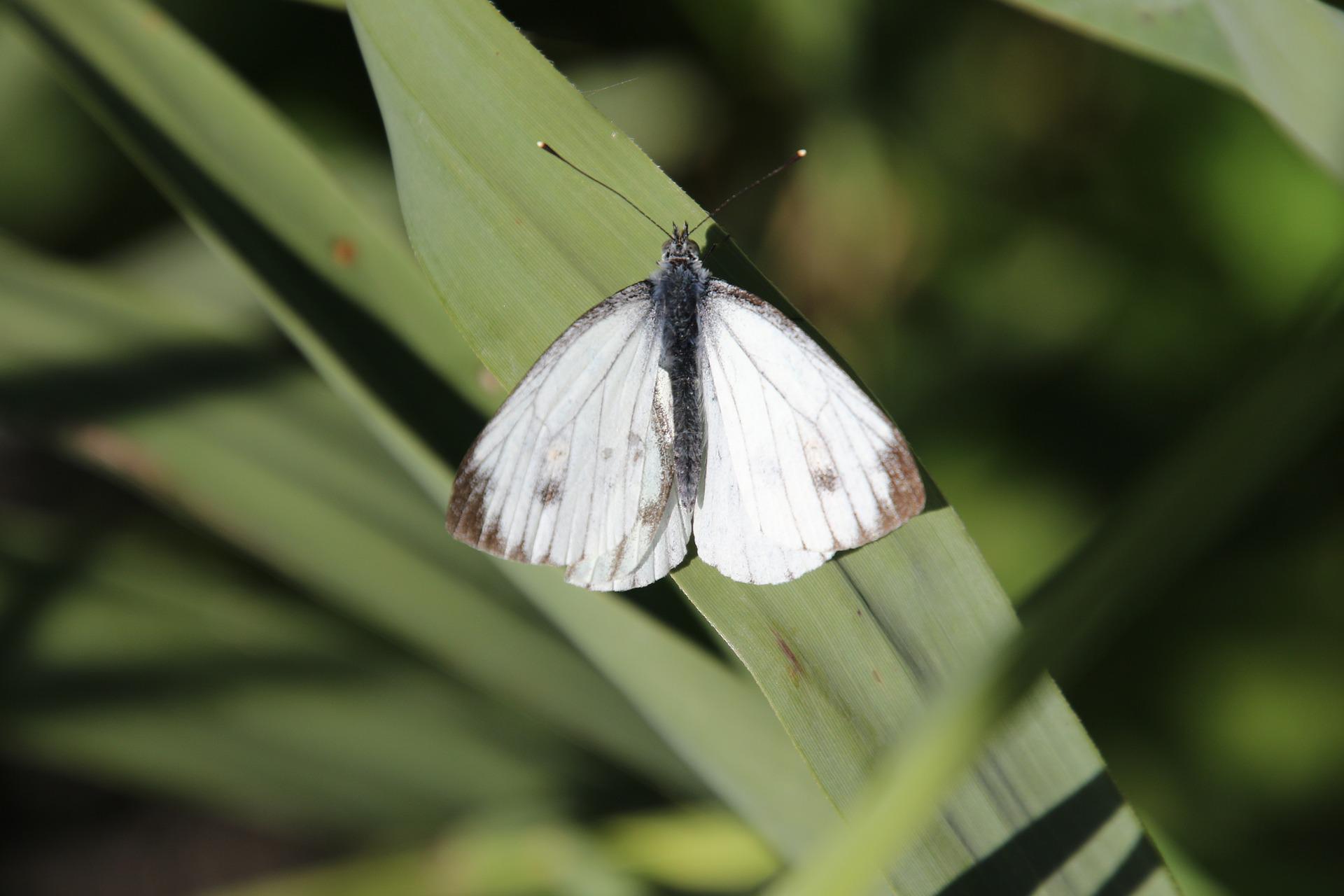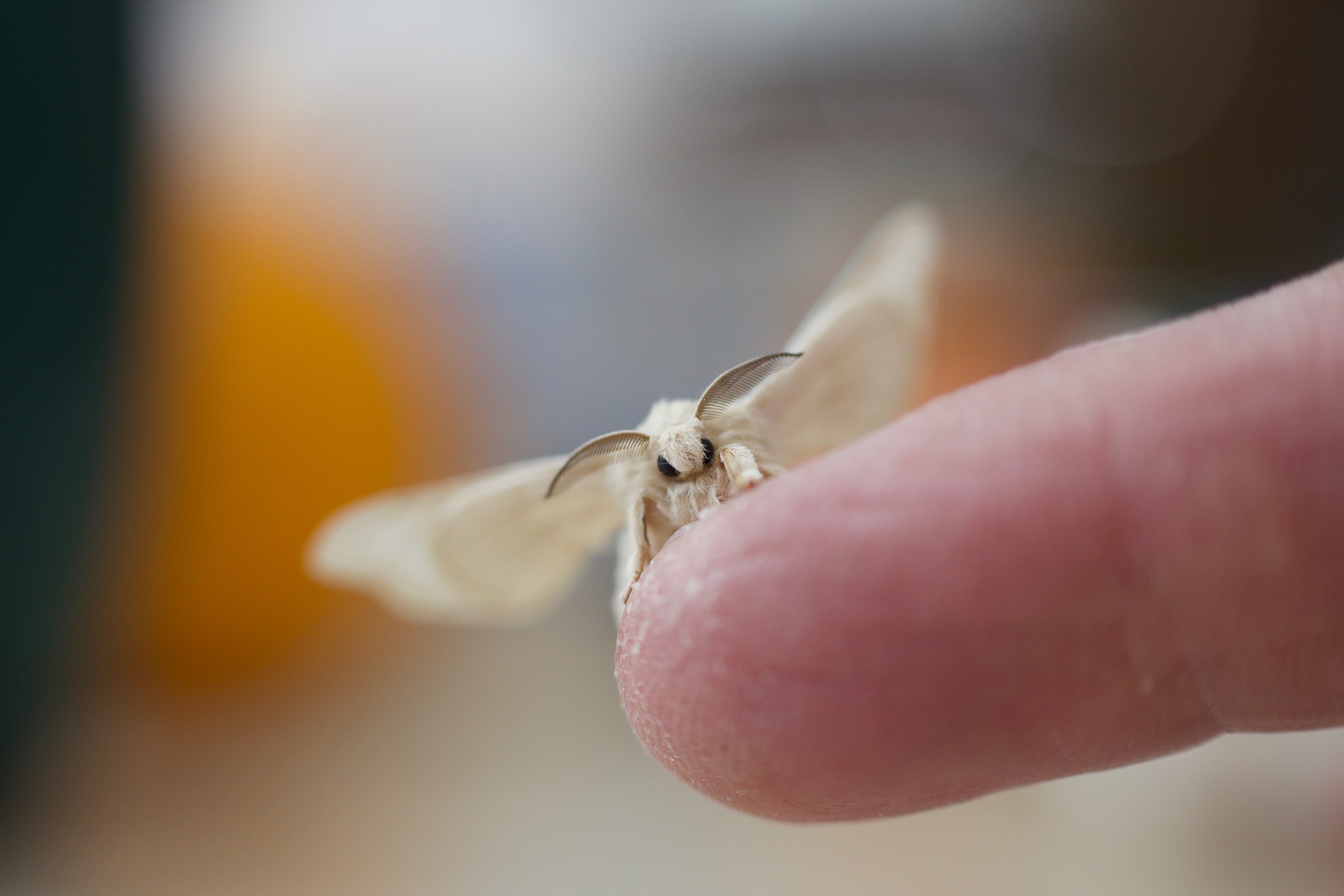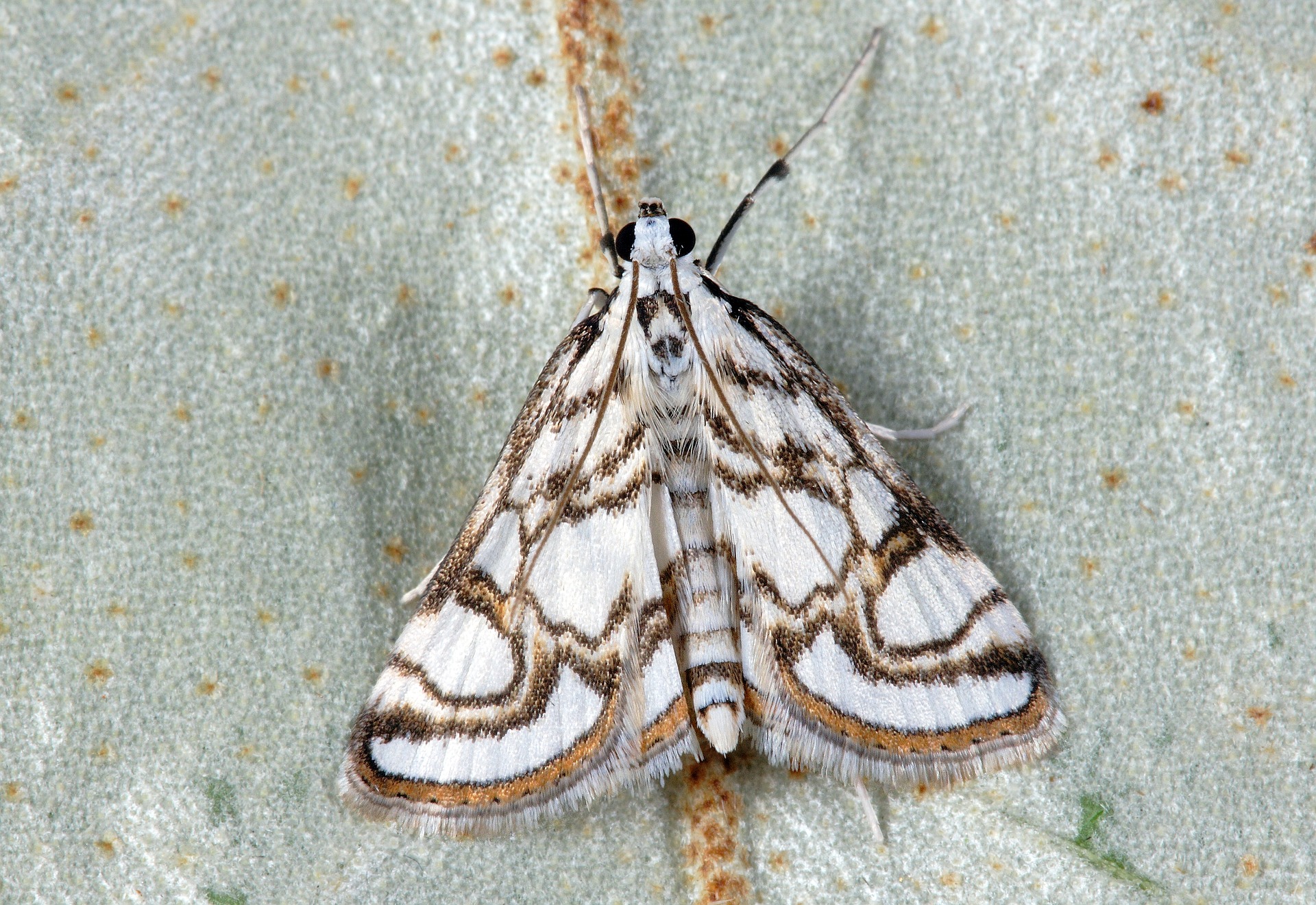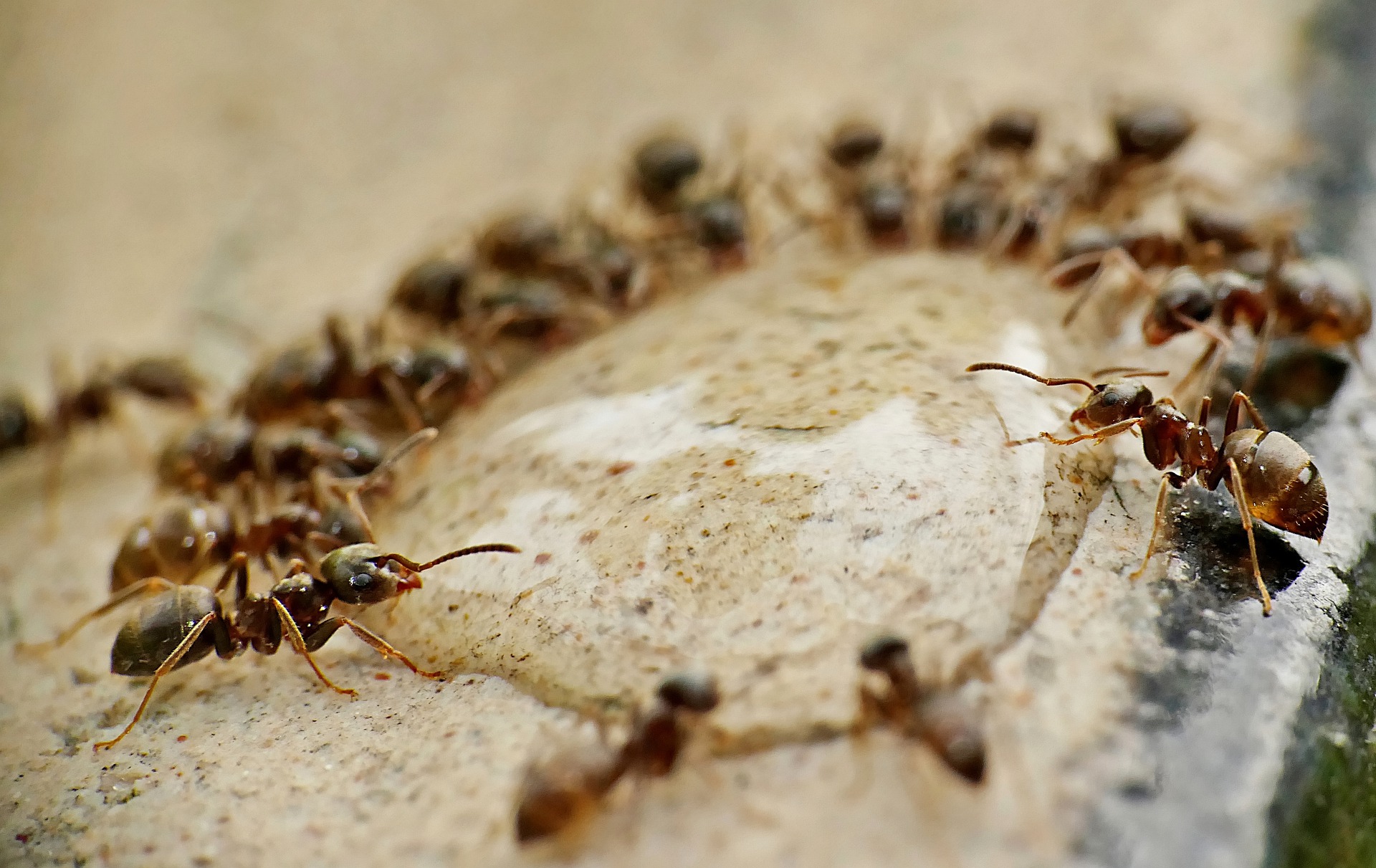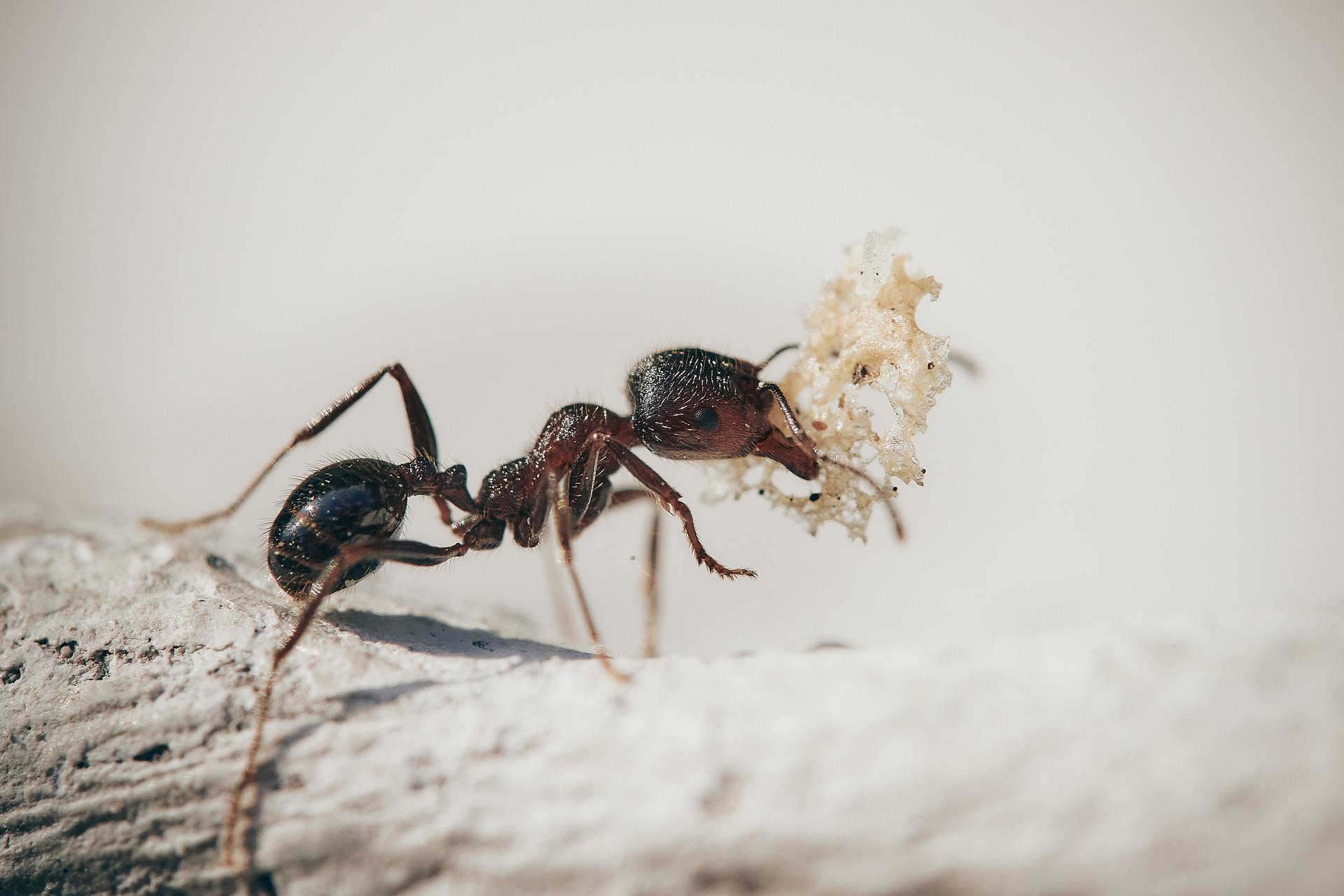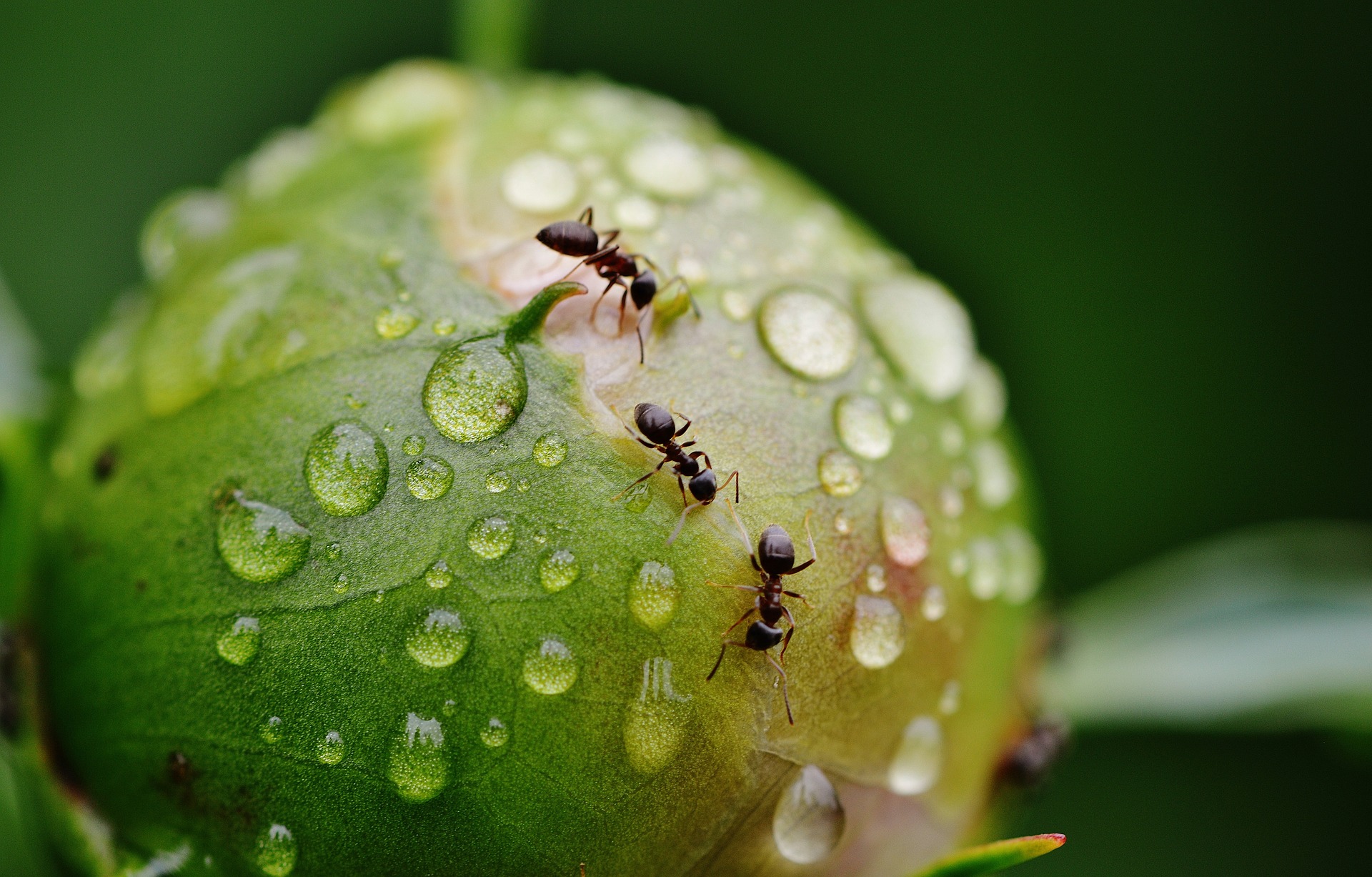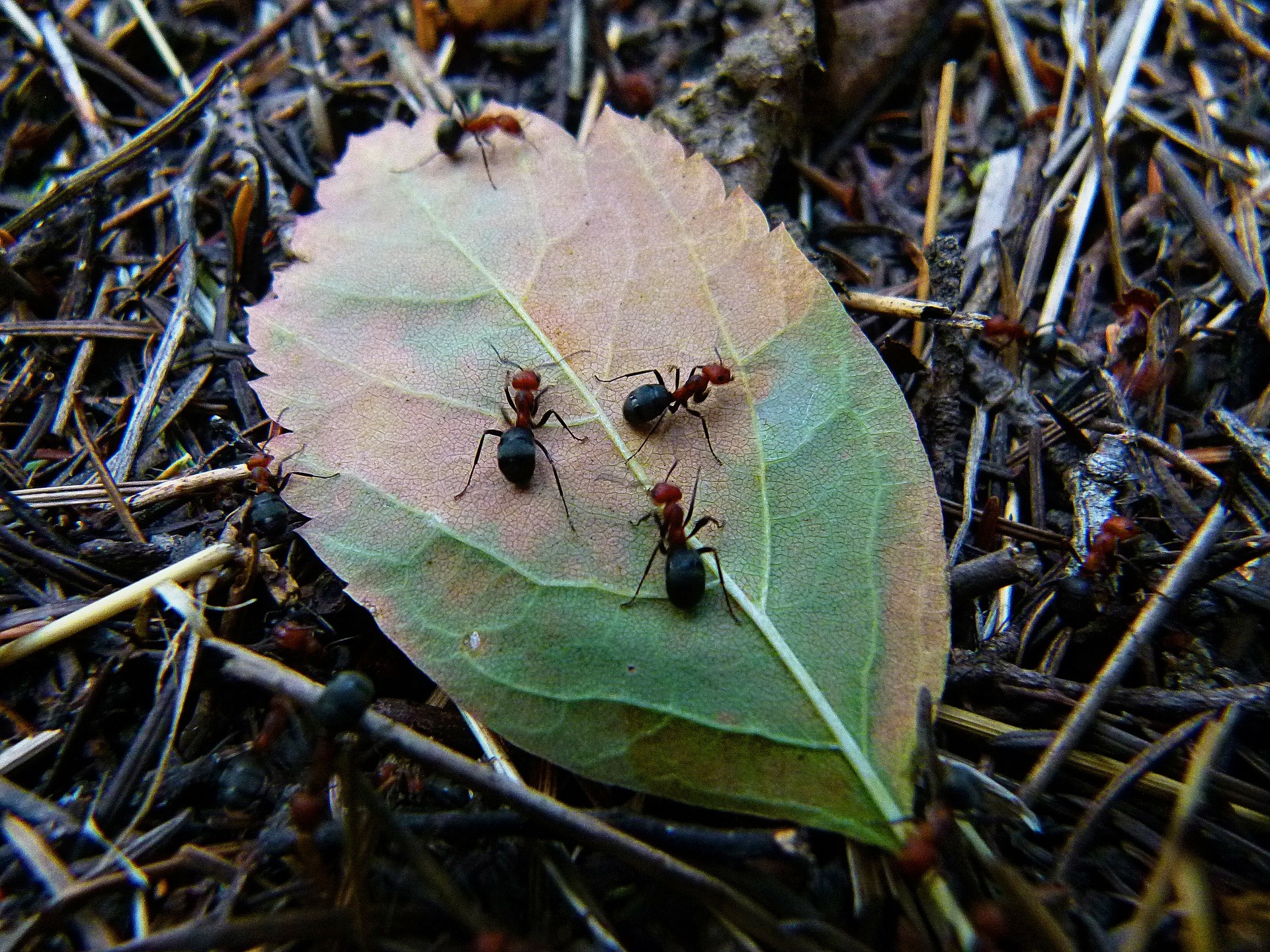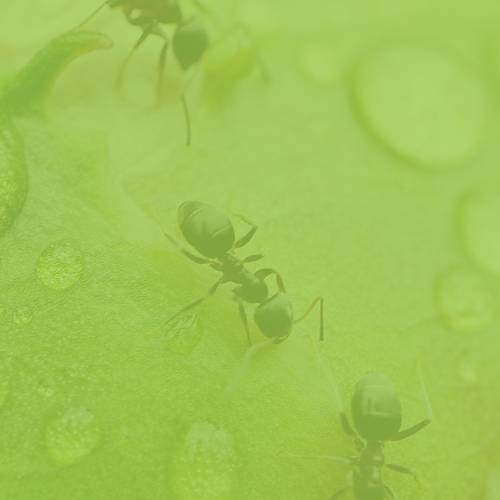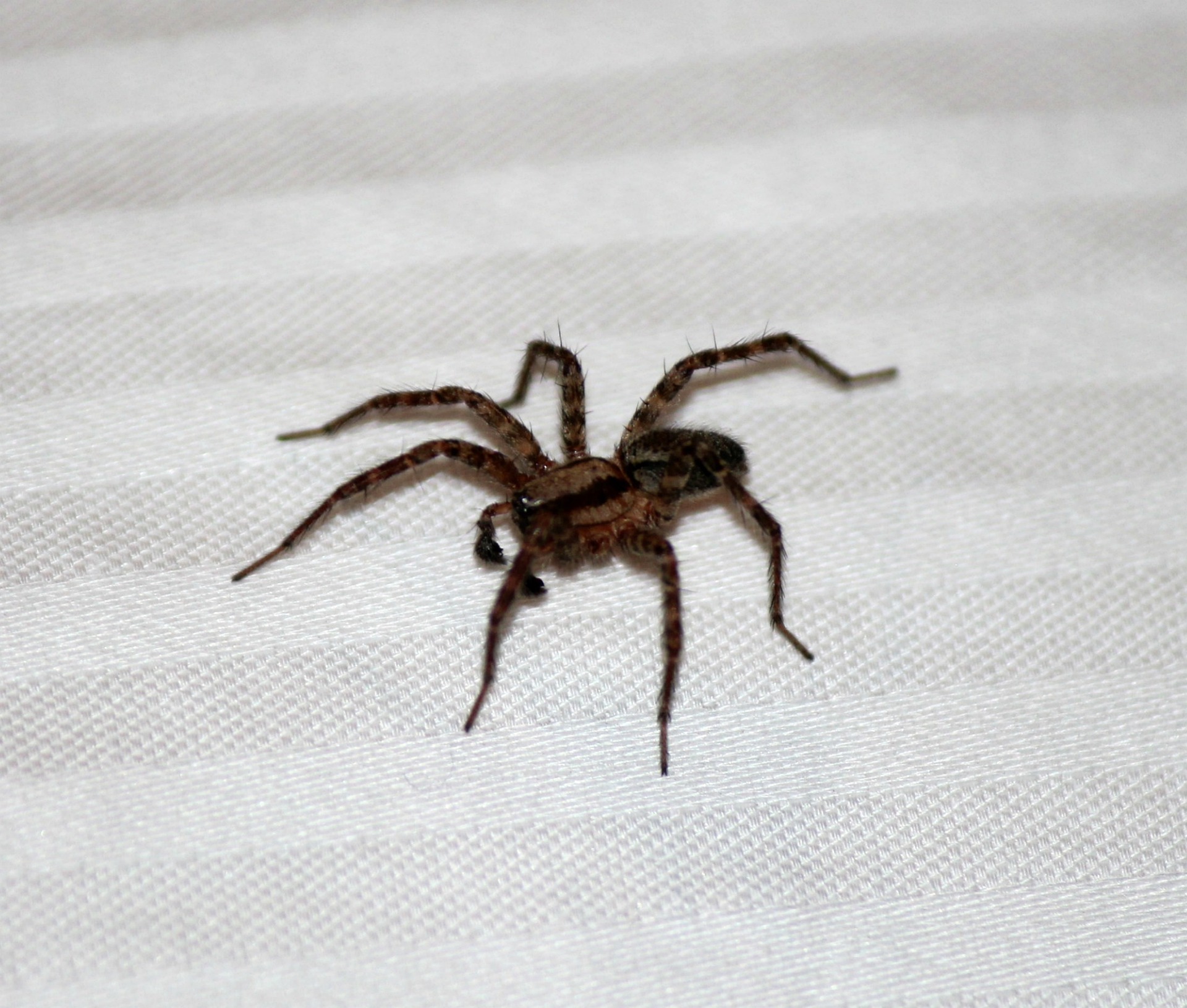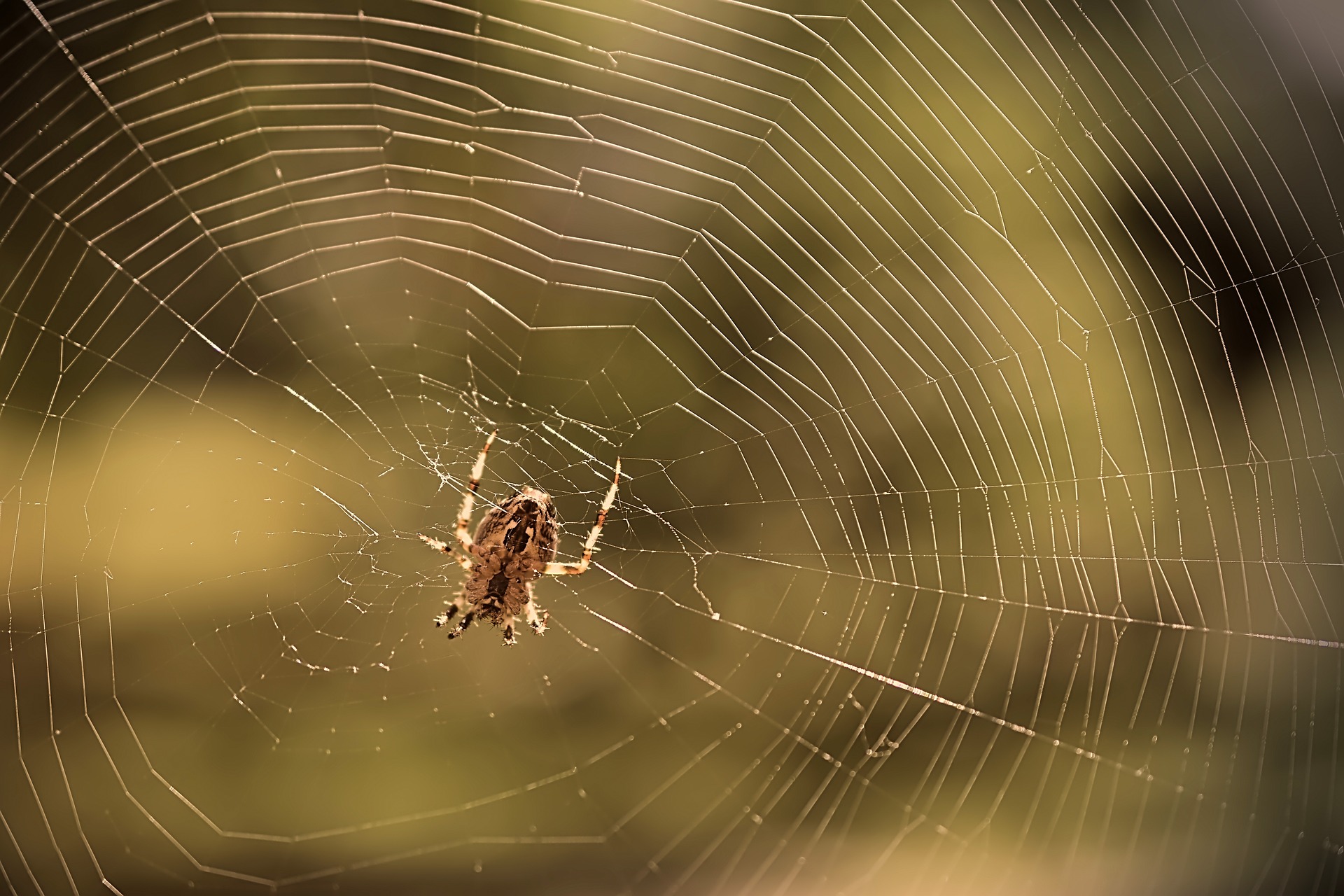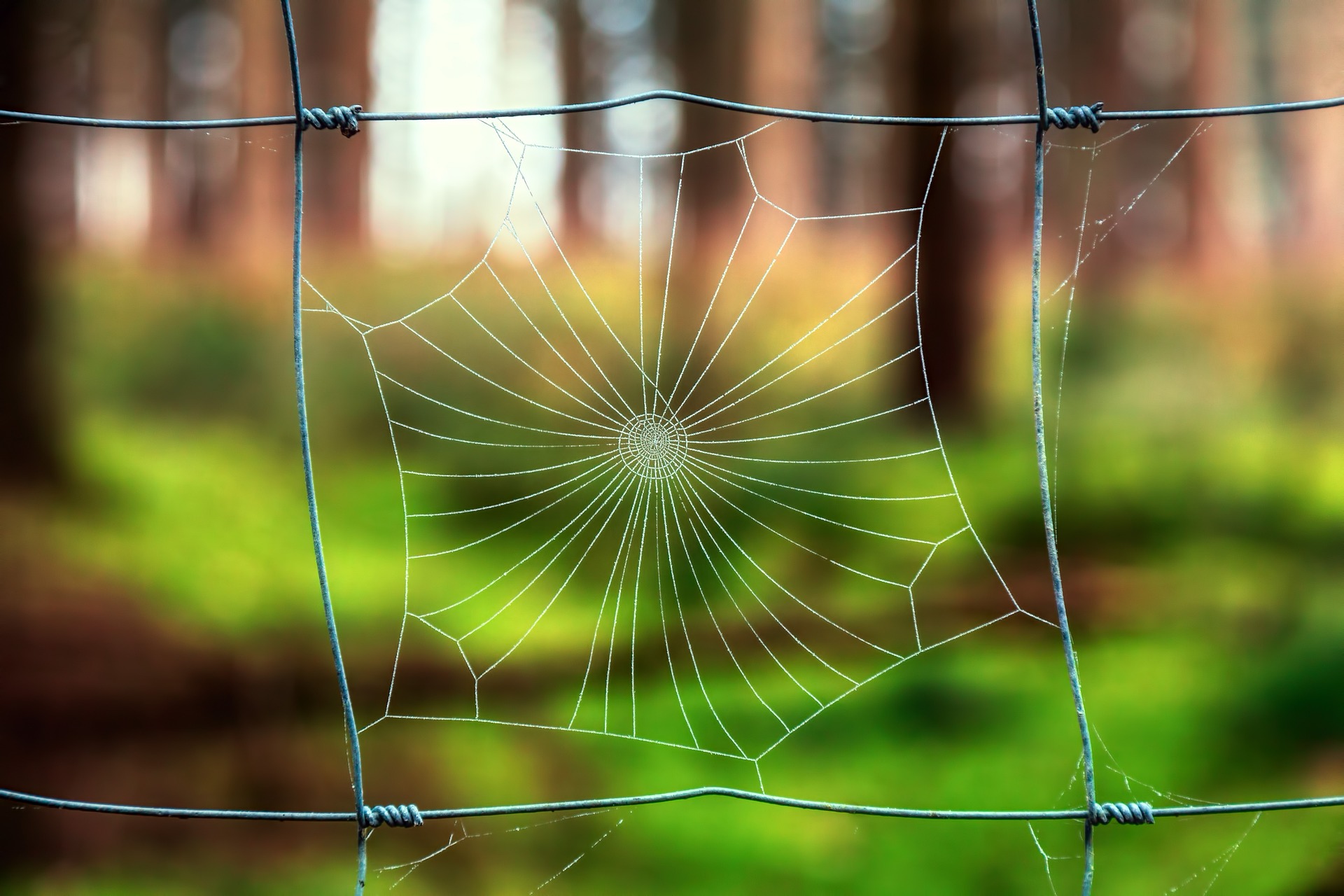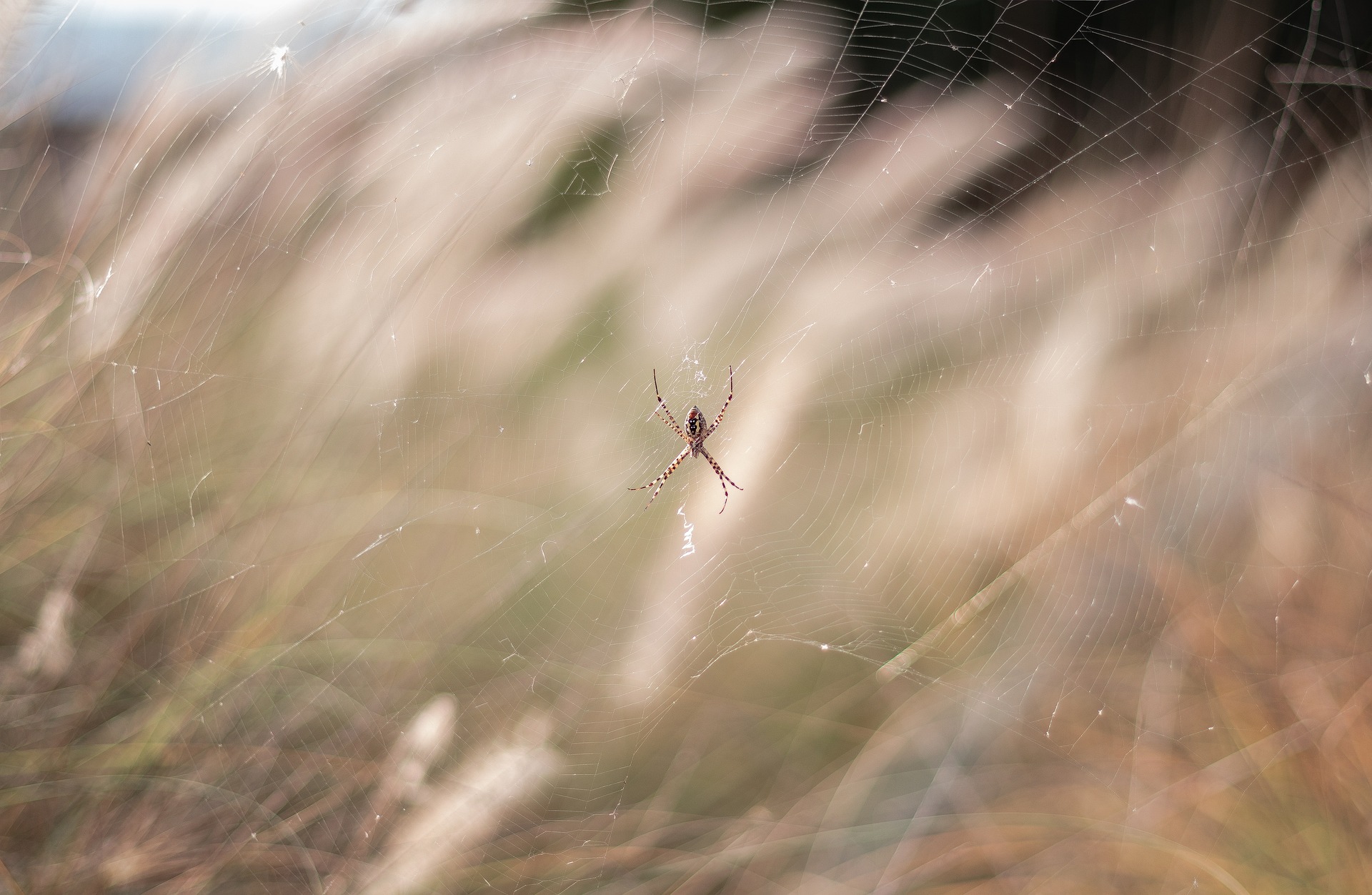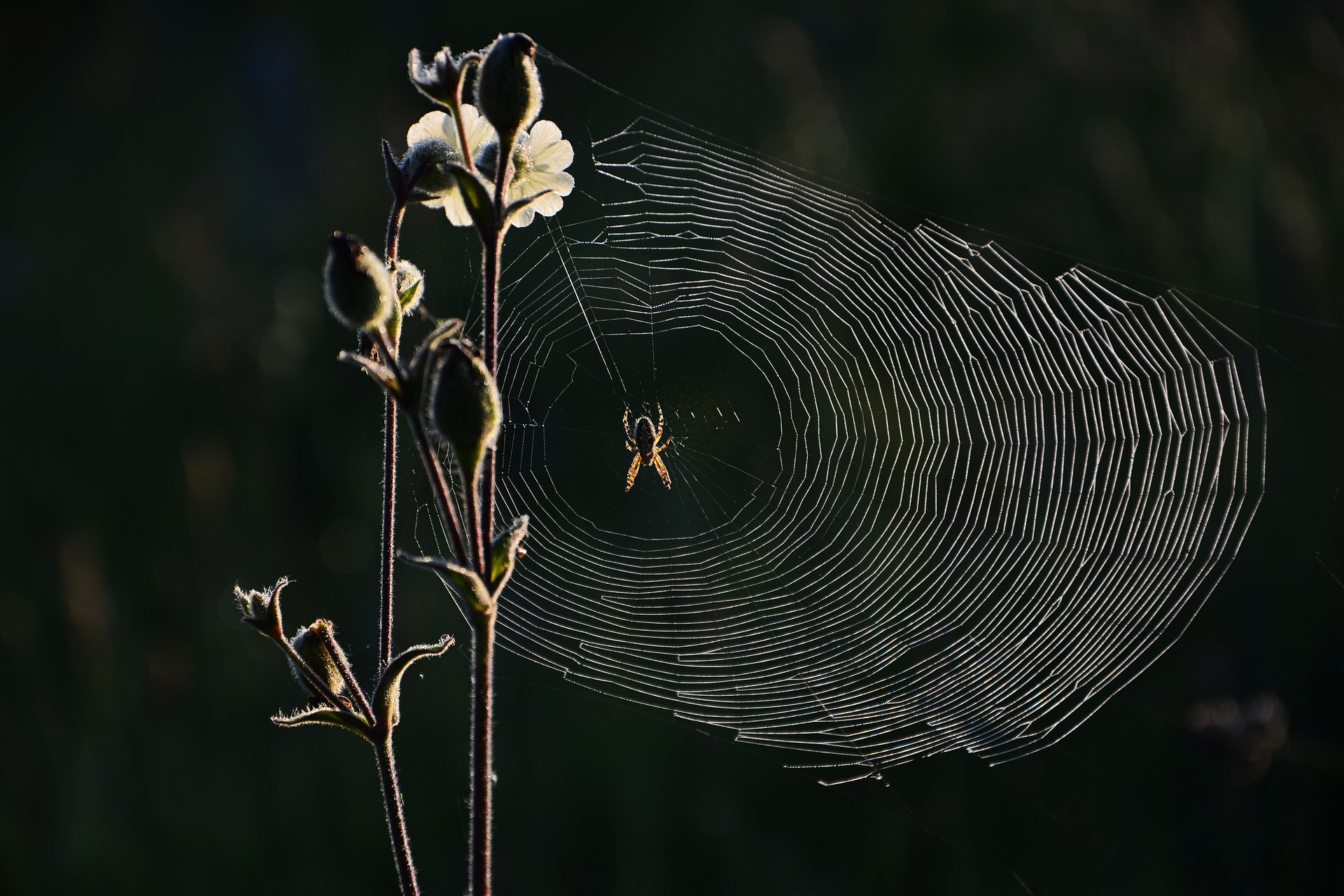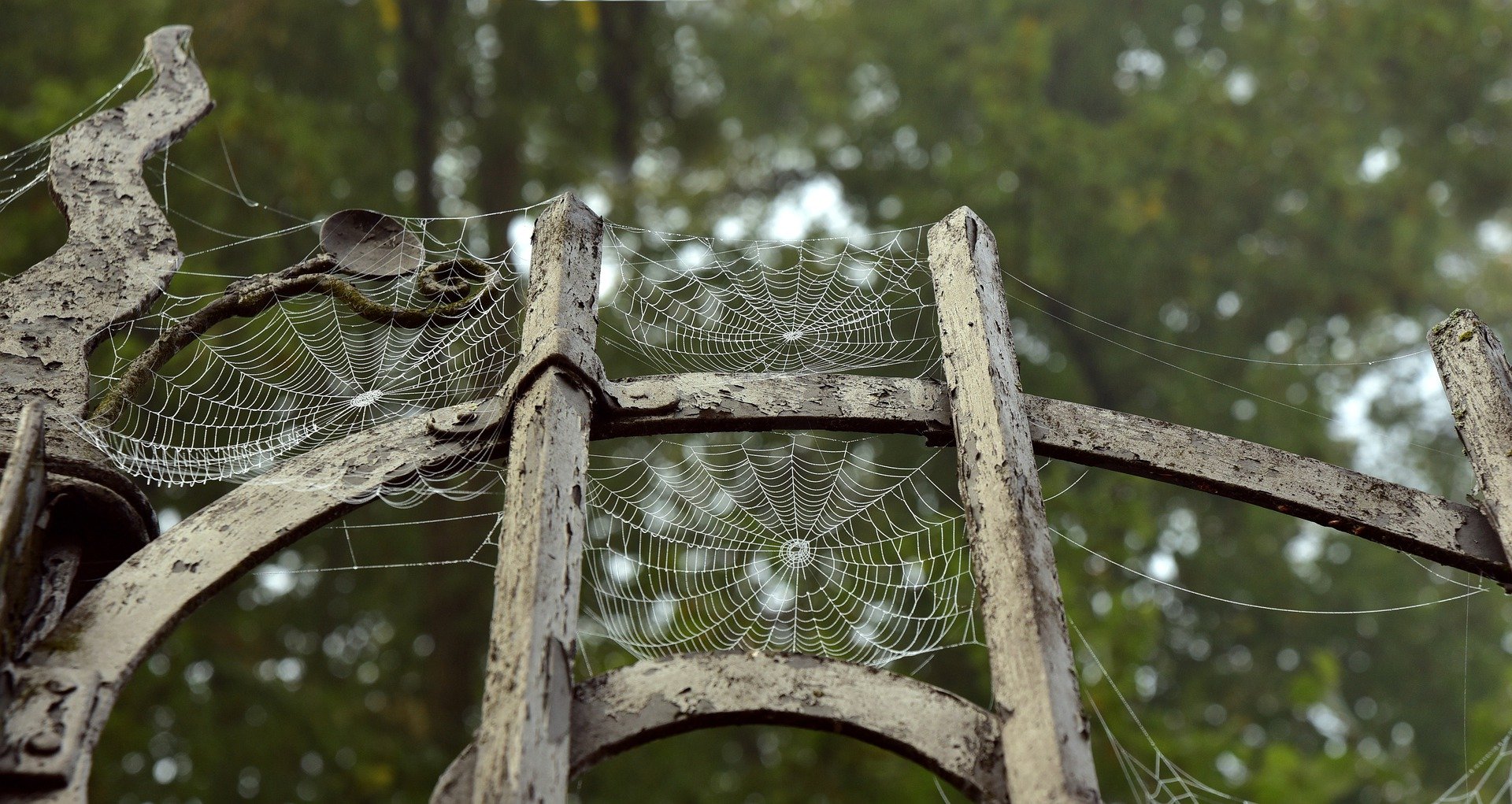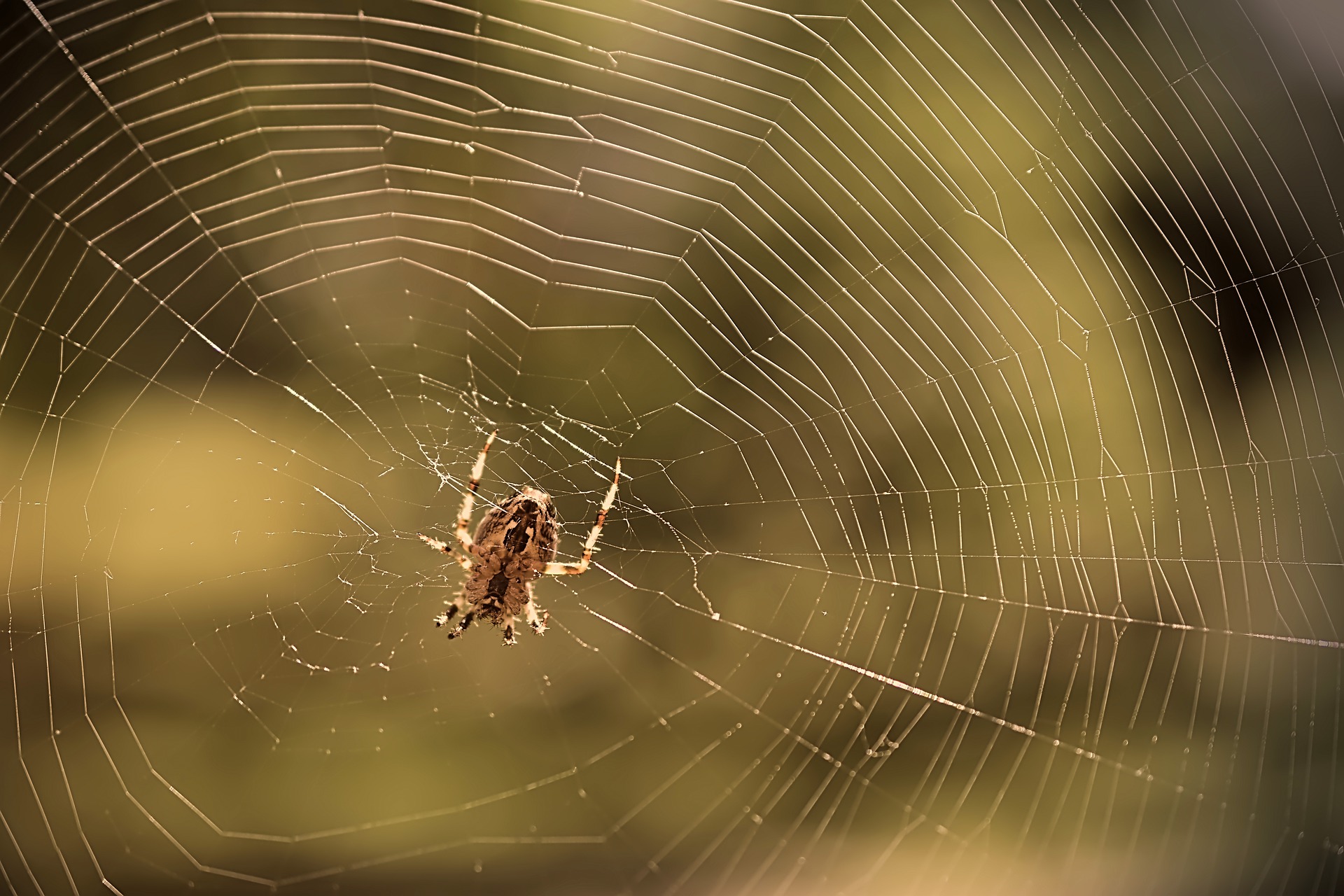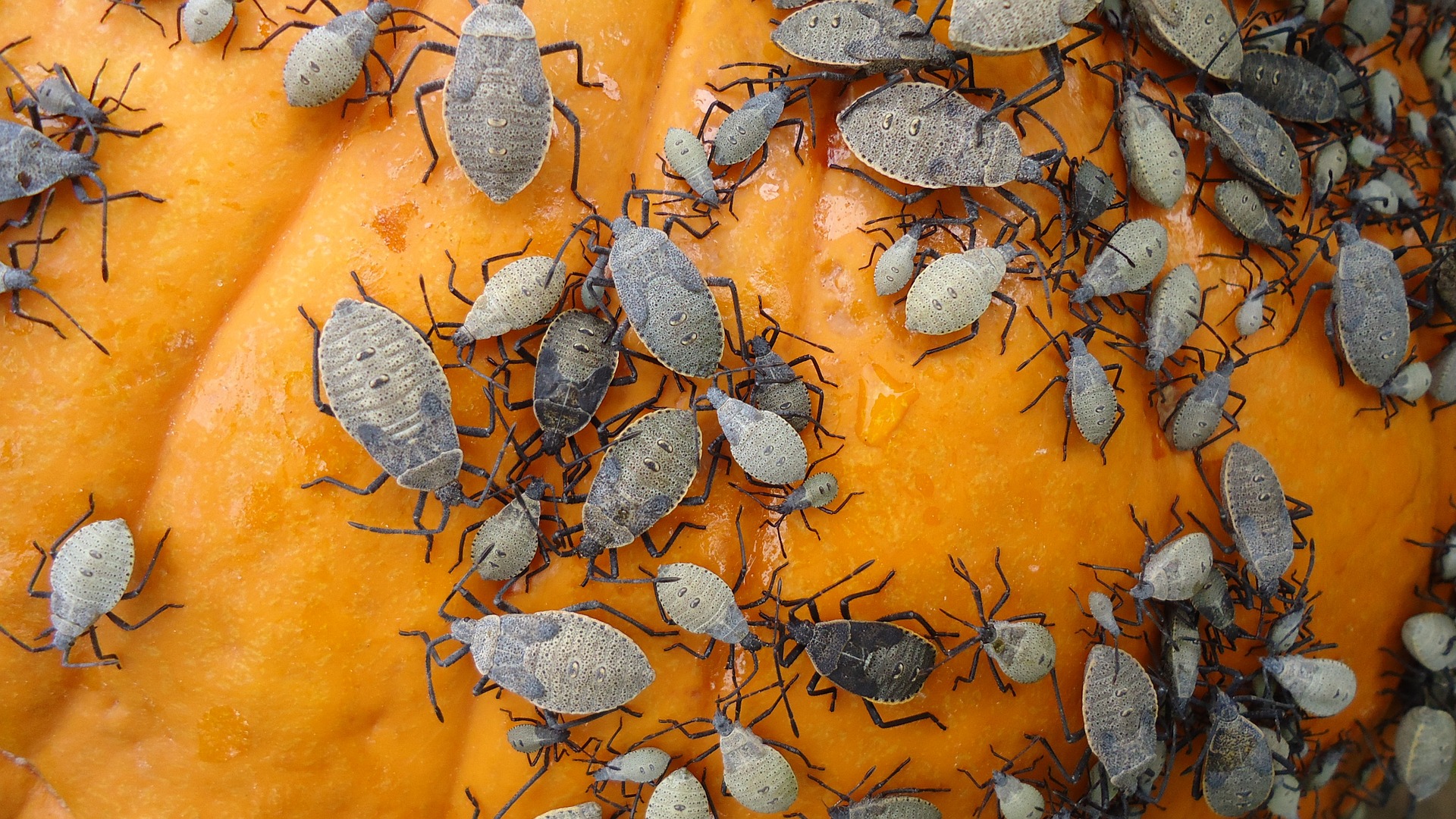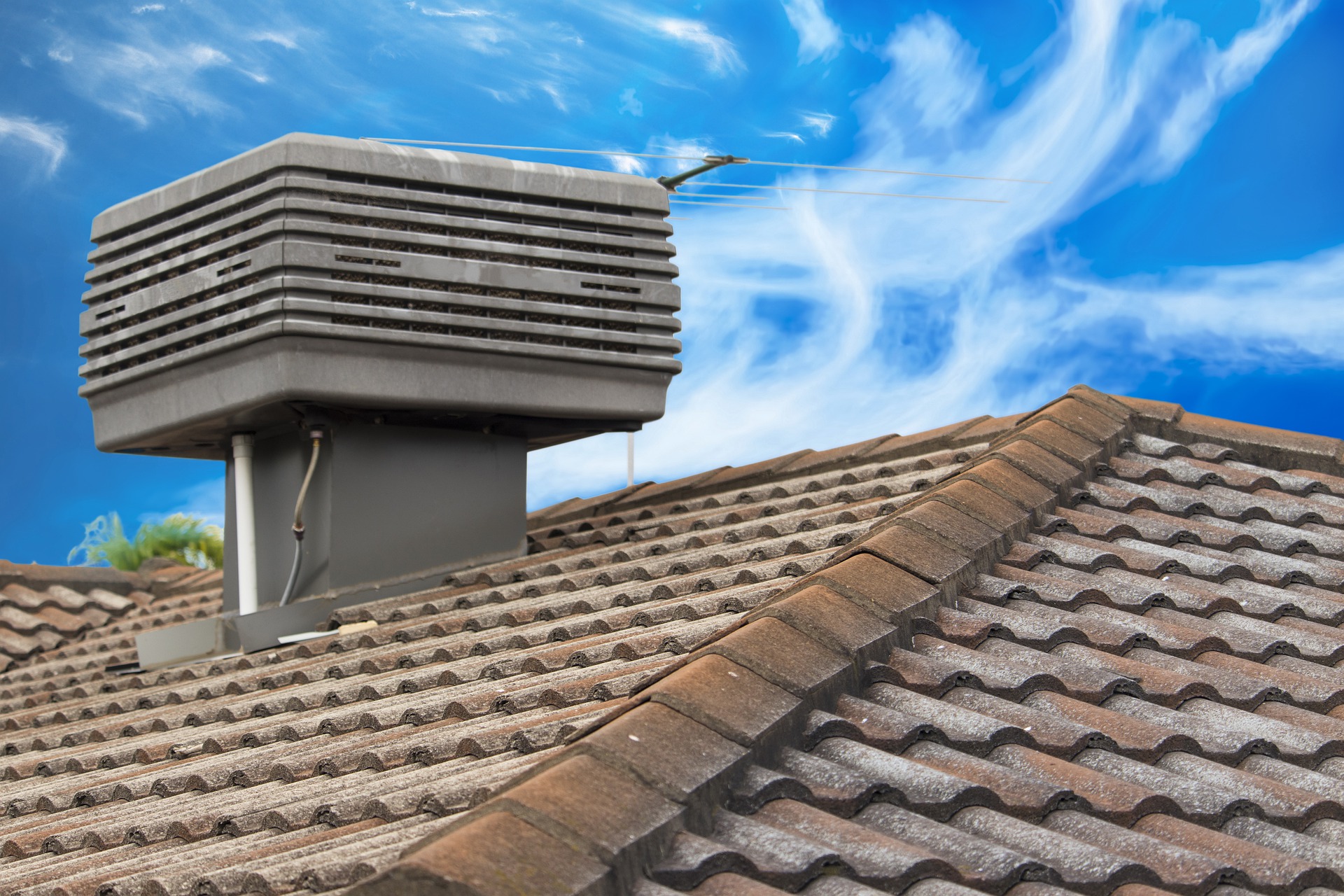Understanding the Signs: Identifying Carpenter Ant Infestations in Your Home
Carpenter ants are a common household pest that can cause significant damage to your property if left unchecked. Unlike termites, which feed on wood, carpenter ants excavate tunnels and galleries within wooden structures, compromising their integrity. Identifying the signs of a carpenter’s ant infestation early on is crucial to prevent further damage and costly repairs.
One of the most obvious signs of a carpenter ant infestation is the presence of large, winged ants inside your home. These winged ants, known as swarmers, are reproductive ants that emerge from the nest to mate and establish new colonies. If you notice these winged ants indoors, it is a clear indication that there is an established carpenter ant colony nearby.
Another sign to look out for is the presence of sawdust-like material, known as frass, near wooden structures. Carpenter ants create tunnels by excavating wood, and they push out the frass from their nests, leaving behind telltale signs of their presence. If you find piles of frass near wooden structures, it is a strong indication of a carpenter ant infestation.
Lastly, keep an eye out for damaged or hollow-sounding wood. Carpenter ants weaken wooden structures by hollowing them out to create their nests. If you tap on a wooden surface and it sounds hollow or you notice wood that appears damaged or weakened, it is likely that carpenter ants have been at work.
Don’t Delay! Recognizing the Dangers of Carpenter Ants and the Need for Swift Action
While carpenter ants may not pose an immediate threat to human health, they can cause significant damage to your property. Ignoring a carpenter ant infestation can lead to structural issues, as weakened wood can compromise the stability of your home. Additionally, carpenter ants can also cause electrical problems by chewing through wires, increasing the risk of fire.
According to a study conducted by the National Pest Management Association, carpenter ants cause an estimated $1.5 billion in property damage each year in the United States alone. These statistics highlight the importance of taking swift action when dealing with a carpenter ant infestation.
Furthermore, delaying treatment can allow the infestation to spread and establish satellite colonies, making eradication more challenging and costly. It is crucial to address the problem as soon as you notice the signs to prevent further damage and minimize the risk to your property.
Step-by-Step Guide: How to Identify Carpenter Ant Nests and Trails
Identifying carpenter ant nests and trails is essential to effectively eliminate the infestation. Follow these steps to identify their presence:
Start by inspecting the areas where you have noticed signs of carpenter ants, such as winged ants or frass. Look for small openings or cracks in wooden structures, as these are common entry points for carpenter ants.
Follow the ants’ trails. Carpenter ants establish trails along structural elements, such as beams or pipes, to navigate between their nests and food sources. By following these trails, you can locate the nest.
Look for signs of moisture. Carpenter ants are attracted to damp or decaying wood, as it is easier for them to excavate. Check for leaks or areas with high humidity, as these are likely spots for carpenter ant nests.
Use a flashlight and listen for rustling sounds. Carpenter ants are most active at night, so inspecting potential nesting sites during this time can help you locate their nests. Listen for rustling sounds, as this may indicate the presence of ants.
Taking Control: Effective Measures to Eliminate Carpenter Ant Infestations and Prevent Future Damage
Once you have identified a carpenter ant infestation, it is crucial to take immediate action to eliminate the problem and prevent future damage. Here are some effective measures:
Remove food sources: Carpenter ants are attracted to sugary and protein-based foods. Store food in airtight containers and clean up spills promptly to eliminate potential food sources.
Seal entry points: Use caulk or sealant to seal any cracks or openings in your home’s foundation, walls, or windows. This will prevent carpenter ants from entering your home and establishing new colonies.
Trim vegetation: Carpenter ants often use tree branches or shrubs as bridges to access your home. Trim back vegetation that comes into contact with your house to reduce the risk of infestation.
Consult a professional: If the infestation is severe or you are unable to locate the nest, it is best to seek professional help. Pest control experts have the knowledge and tools to effectively eliminate carpenter ant infestations and prevent future damage.
Remember, swift action is key when dealing with carpenter ants. By understanding the signs, recognizing the dangers, and following a step-by-step guide, you can identify and eliminate carpenter ant infestations, protecting your home from further damage.


